Mlilwane Wildlife Sanctuary: Everything you need to know before you go
Everyone’s beautiful during the Golden Hour in Swaziland
It’s the golden hour in Mlilwane Wildlife Sanctuary, a nature reserve in the Kingdom of Swaziland, a tiny African country landlocked by South Africa and Mozambique. If you’re a photographer, you are well acquainted with that magical part of the day that bathes the landscape in a soft glowing light.
We’re in an open-top Land Rover, rushing towards an outlook point that will provide us beautiful views over Swaziland’s Ezulwini Valley. In Siswati, the local Swazi language, it means “Valley of the Heavens” and has so far it has been living up to its name.
We drive through eucalyptus forests and navigate past mountain streams, flanked by strange-looking cycads and delicate mountain ferns. The Swazis have a special word for this time of day: “Selibantfu bahle” or “the light that makes everyone look beautiful.” I don’t know about people, but it’s already doing wonders for the landscape. With every hairpin turn, our mouths form ‘oohs and aahs’ and we beg our guide, Stew, to stop. He complies, but I can see he’s getting impatient. Better things lie ahead, and we’re chasing the sunset.

When we reach the Nyakato viewpoint, the last rays of sunlight caresses the landscape and everything is bathed in soft, golden light. To the right lies Sheba’s breasts, two green hills topped with grey nipples of granite. To our left, Execution Rock towers over the valley, a granite outpost with a sinister history. Stew tells us Swazi’s that were suspected of witchcraft or criminal activity were thrown to their deaths from the summit. However, in the “selibantfu bahle”—light it looks serene and tranquil, revealing nothing of its ominous history. We crack open an ice cold beer and watch how dusk descends over the Ezulwini-valley.
Mlilwane in Swaziland may be small (its surface encompasses about 4560 hectare) but what it lacks in size, it makes up with biodiversity and a range of adventurous activities. Without any dangerous predators, it’s an ideal place to bring your family to explore and relax. It’s also less than five hours’ drive from Johannesburg, South Africa’s economic hub, and easily reachable with a sedan motor.
I’m ashamed to say that this was my second visit to Swaziland and my first one as an adult. The first visit was when I was just ten years old, before the 1994 South African elections. Gambling was banned in South Africa and you had to visit the so-called Bantustans or homelands, areas set aside for members of a specific ethnicity in pre-democratic South Africa or visit one of the neighboring countries to have a yank at a one-armed bandit or take Lady Luck for a spin at the roulette table. Not that we saw much of Swaziland, we were plied with sugary soft drinks and spent the long African summer days next to the pool while the adults gambled, played golf and drank beer.
When I asked my (now well-traveled) parents why they didn’t take us to Mlilwane, which is less than half an hour’s drive from the Royal Swazi Spa where we stayed, they looked quite sheepish.
“We didn’t know about it.”
That’s the problem with most South Africans, it seems. We’re willing to drive for hours to our neighboring countries up north, when a reserve like Mlilwane sits right on our doorstep, less than five hour’s drive from Johannesburg.

It’s also exceptionally child-friendly, with no dangerous predators (except for crocodiles and hippos in the lakes) roaming about and plenty of adventure activities to keep them busy. After visiting Mlilwane, I felt like I was cheated out of a few fond childhood memories.
I never understand how parents think they can develop a love for nature in their children by driving them around in an air conditioned car from sight to sight.The best way is to get them right out into nature, without the filter of a car window.
The animals in Mlilwane are quite used to humans, and gives kids an opportunity to get up, close (but not too personal) with the resident wildlife. The camps are un-fenced, and herds of zebra and impala, a type of African antelope, regularly wander in and out of the camps. A lone nyala bull skulks about, giving you endless photographic opportunities to snap these usually shy antelope species.

We spend our first night in the traditional Swazi beehive huts that offer basic but comfortable en suite accommodation. The huts are woven from thatch and were surprisingly cool and comfortable in Swaziland’s summer heat and much larger than they appeared from the outside. When I mentioned this to Stew, he grinned. “They were modified a bit to make them more comfortable for tourists,” he admitted.
One of the highlights however was sitting in front of our hut, watching a herd of zebra grazing between our huts, oblivious to our presence. That’s what Mlilwane’s magic is all about.
THINGS TO DO IN MLILWANE
Although Mlilwane does allow self-driving in the park, the best way to explore the reserve is to park your car and participate in the numerous adventure activities they have at the activities desk.
- Cycling – Game viewing takes on a new level when you’re cycling past great green plains, dotted with plains game such as blesbuck, zebra, impala and wildebeest. Mlilwane is one of few Southern African game reserves that allow you to explore on a mountain bike, without a guide. Take a detour past the eucalyptus forests or stop at the dam, there’s bound to be some activity. During our bike tour, we came across a flock of white-fronted bee-eaters having a dust bath in the road. Watching these brightly coloured birds cover themselves with dust is almost like a rainbow frolicking between clouds of dust. You can bring a bike at no extra cost, but Mlilwane also rents mountain bikes at their activities desk, but if you take one for longer than an hour, it can become expensive.

- Horseback –I thought safaris on horseback were only for experienced riders. Turns out, the majority of people that mount a horse at the Chubeka Trails have never even sat on one. We signed up for a one-hour trail, which took us over trickling streams and into the savannah. The wild animals are much more relaxed when you approach them on horseback. They’ll give you a once-over, before returning to graze. Horses aren’t seen as threats and you’ll get the opportunity to get quite close to the game. For more experienced riders, there is a half a day trip that takes you up to Execution Rock, as well as fully catered one and two-night excursions.
- Hiking and birding – If you’re looking to take it easy, a network of self-guided trails can be found at Mlilwane, ranging from a leisurely stroll along the plains where a variety of game is often found. Leave early in the morning, maybe you’ll catch a glimpse of a narina trogan or purple crested turaco, two of Mlilwane’s local bird species. Advanced hikers can try the harder trails leading up to the infamous Rock of Execution.

- Rare game and endangered species – Although I regard myself as well traveled in Africa, I managed to see quite a few species of game for the first time. In the absence of dangerous predators, Mlilwane is the ideal place to see rare species such as roan antelope, suni, blue duiker and nyala. You also get to see them up close, they are used to humans and don’t go scampering into the thicket. A highlight was spotting a pair of thick-tailed bush babies from up close at Reilly’s Rock, a colonial homestead on the reserve.

THINGS TO KNOW BEFORE YOU GO TO MLILWANE
Getting there: The best way to reach Mlilwane is to fly into Johannesburg, South Africa, rent a car and road trip there on your own. You don’t need a fancy SUV to navigate Mlilwane’s roads, we visited the reserve with a normal sedan. Do remember that in Swaziland and South Africa you drive on the left side of the road.
Mlilwane is about four and a half hour’s drive from Johannesburg, via Carolina. We crossed the border at Oshoek and Ngwenya. Bring your passports, car’s registration papers (or permission papers from the rental agency, to take the car across the border) and R50 for road tax. Note: American citizens do not need a visa when visiting Swaziland.
Stay here: Mlilwane is managed by The Kingdom of Swaziland’s Big Game Parks. If you’re traveling with a large family or a group of friends, consider renting Gran Down’s self-catering cottage.This self-contained seven sleeper features one double room, one triple room and one twin room, all with en-suite facilities and a private braai area. You get a bit of a Karen Blixen, I-had-a-farm-in-Africa-vibe when standing on the porch, gazing over the Ezulwini Valley, Gin & Tonic in hand. The beehive huts and Lontweni-rondavels also offer great value for money.
When to go: The best time of the year to visit is April and May and August and September, when the weather is mild. Mlilwane can get boiling hot in summer (November to February), but this is also the best time to go birding.
Safety: Except for hippos and crocodiles in the park, there is no other dangerous game. Although the animals are used to humans, they still remain wild and should always be treated with caution and respect. Never feed any of the animals, be careful when hiking close to the water’s edge and never approach an animal from too close, except when accompanied by a trained guide.
Reservations: For more information send an email to reservations@biggameparks.org or visit www.biggameparks.org. You can also call them at +268 2528 3943/4
If you’ve ever been to the Mlilwane Wildlife Sancutary in Swaziland, leave a comment below and share your experience. Or, if you have any questions for Carla, comment below as well.


FAQ
-
What are some interesting facts about South Africa?
South Africa has 11 official languages. South Africa is now the only country in the world to have hosted the Soccer, Cricket and Rugby World Cup! South Africa’s Cape Wine lands have around 560 wineries and 4 400 primary producers. South Africa is extremely rich in mining and minerals. Mlilwane Wildlife Sanctuary, a nature reserve in the Kingdom of Swaziland, a tiny African country landlocked by South Africa and Mozambique is best for road trips.
-
What is the best Golden hour in Swaziland?
The golden hour refers to the period just after sunrise or just before sunset, and its length depends on where you are, what time of year it is, and the weather conditions. The best golden hour in Mlilwane Wildlife Sanctuary, a nature reserve in the Kingdom of Swaziland, a tiny African country landlocked by South Africa and Mozambique.
-
What are the must-see places in South Africa?
Among all bests, apart from Mlilwane, other must-see places in South Africa include Tshukudu Game Reserve, Limpopo; Knysna, Western Cape; God's Window, Mpumalanga; Boulders Beach, Western Cape; Blyde River Canyon, Mpumalanga; Paarl, Western Cape; The V&A Waterfront, Cape Town; Pringle Bay, Western Cape; Garden Route and Kgalagadi Transfrontier Park
Comments are closed.



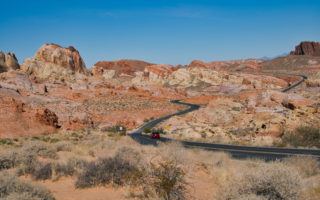
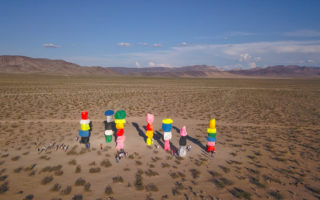
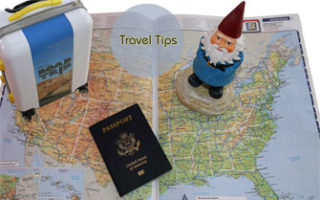
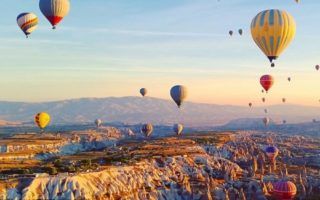
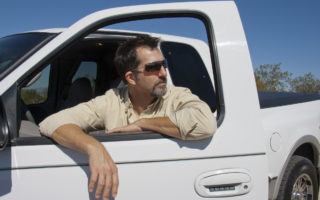
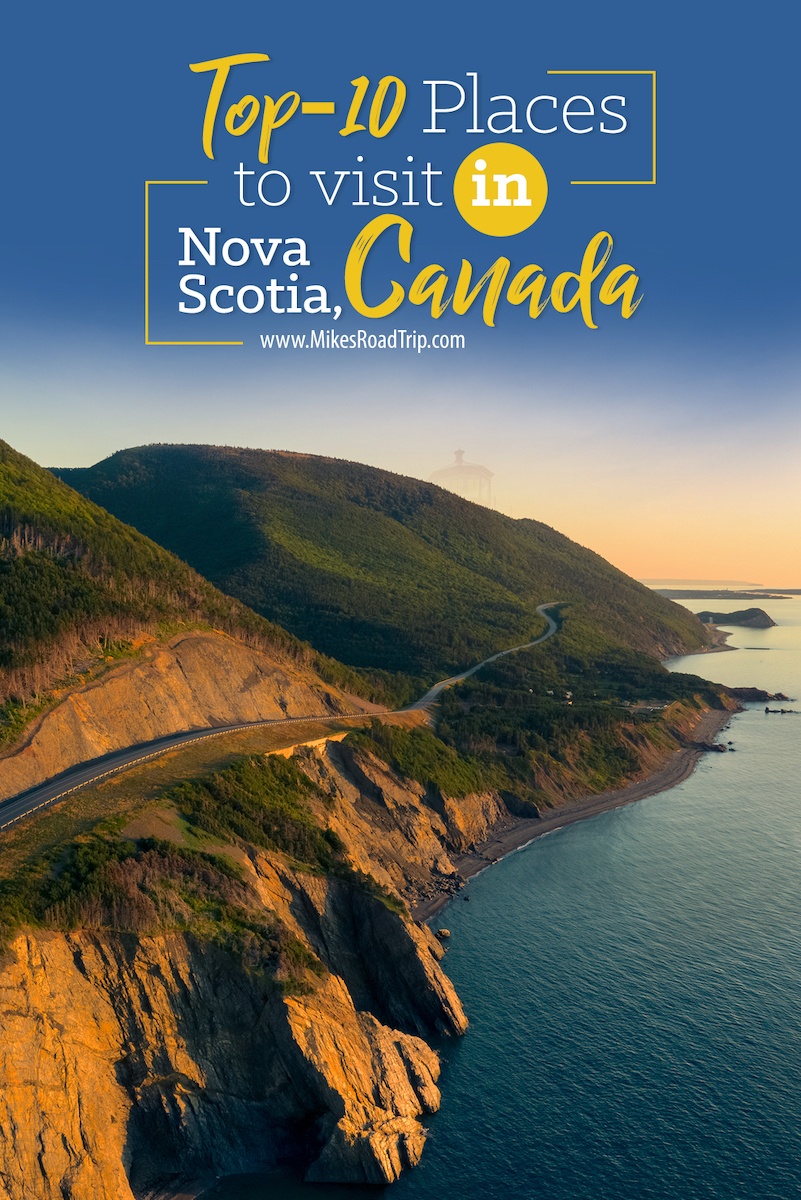
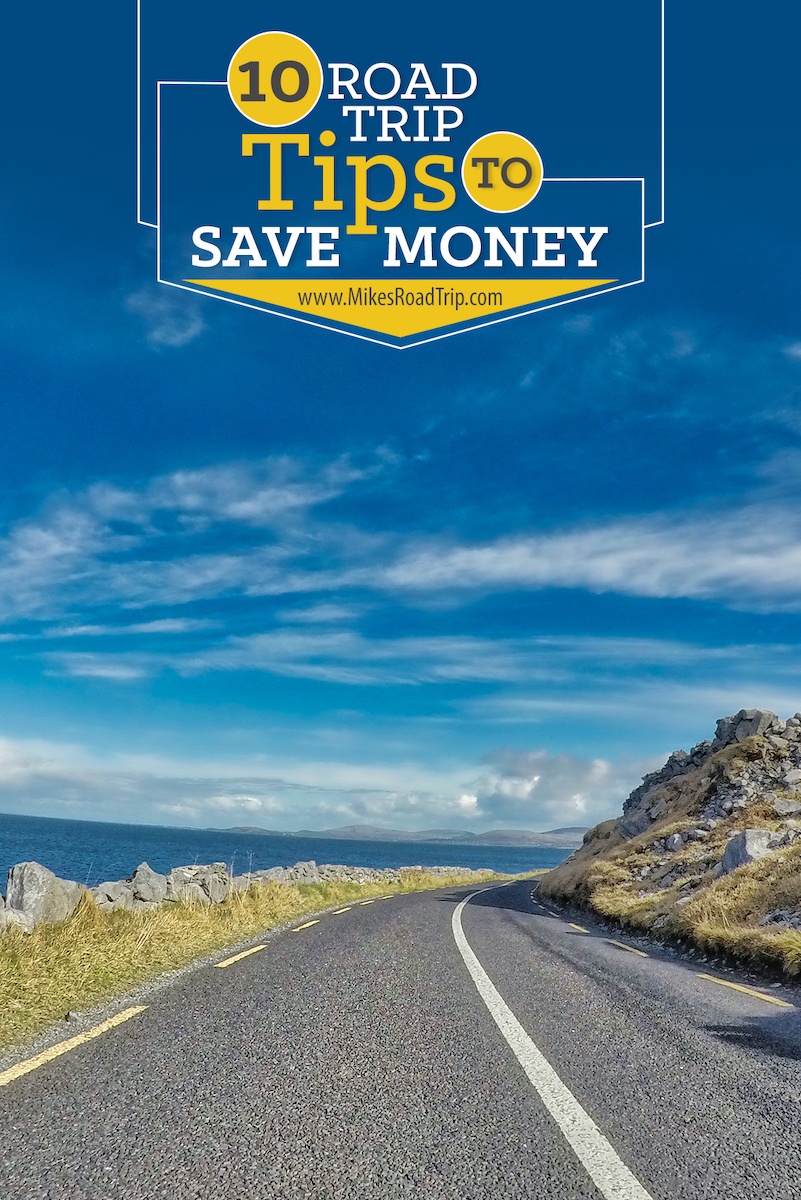
![Top-5 Best Places to visit in Belgium beyond Brussels [video included]](https://mikesroadtrip.com/wp-content/uploads/2020/07/Pin-6b.jpg)
![Top-10 Most Interesting Facts about Arizona [Video Included]](https://mikesroadtrip.com/wp-content/uploads/2020/07/Pin-2.jpg)
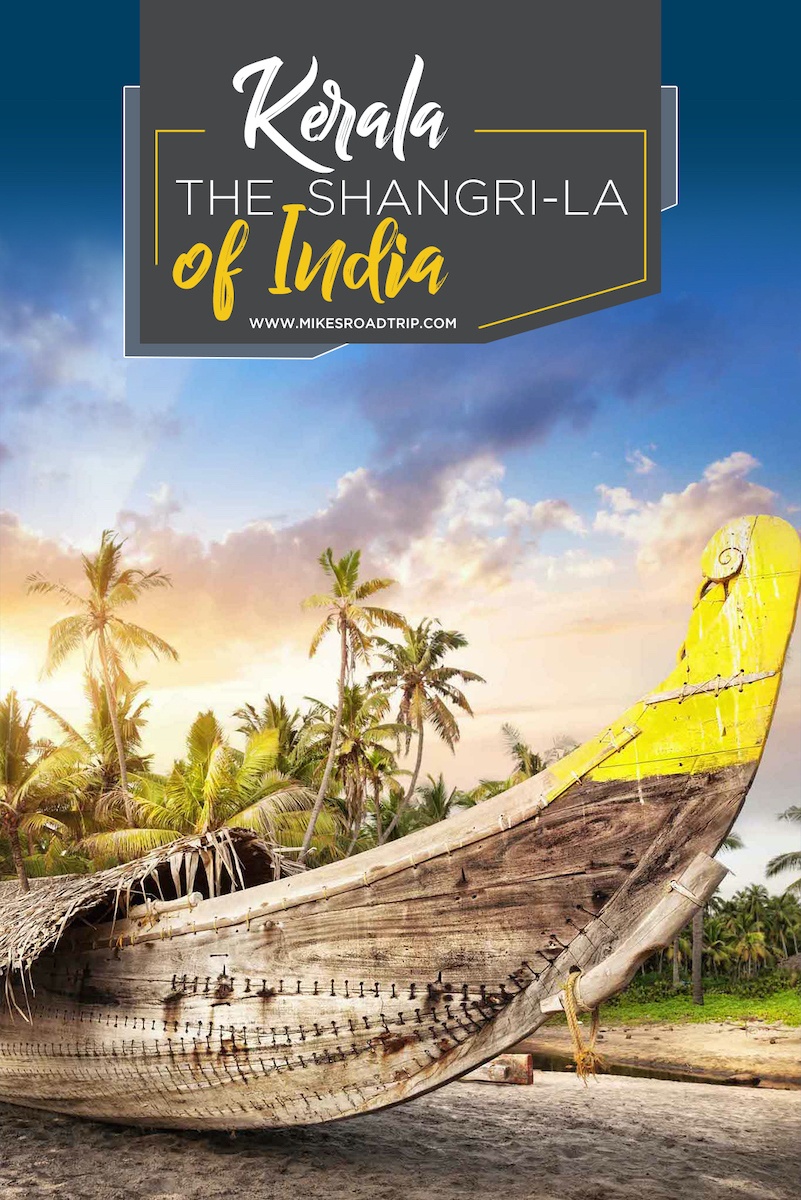

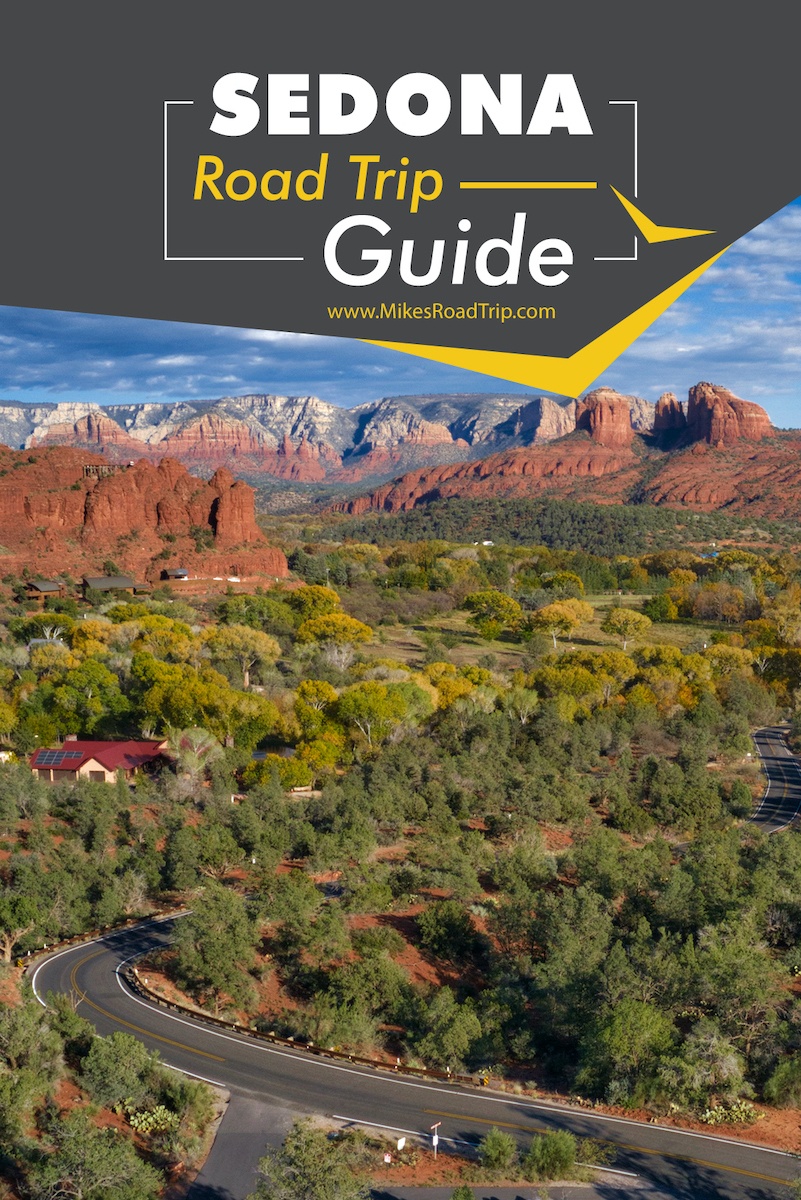
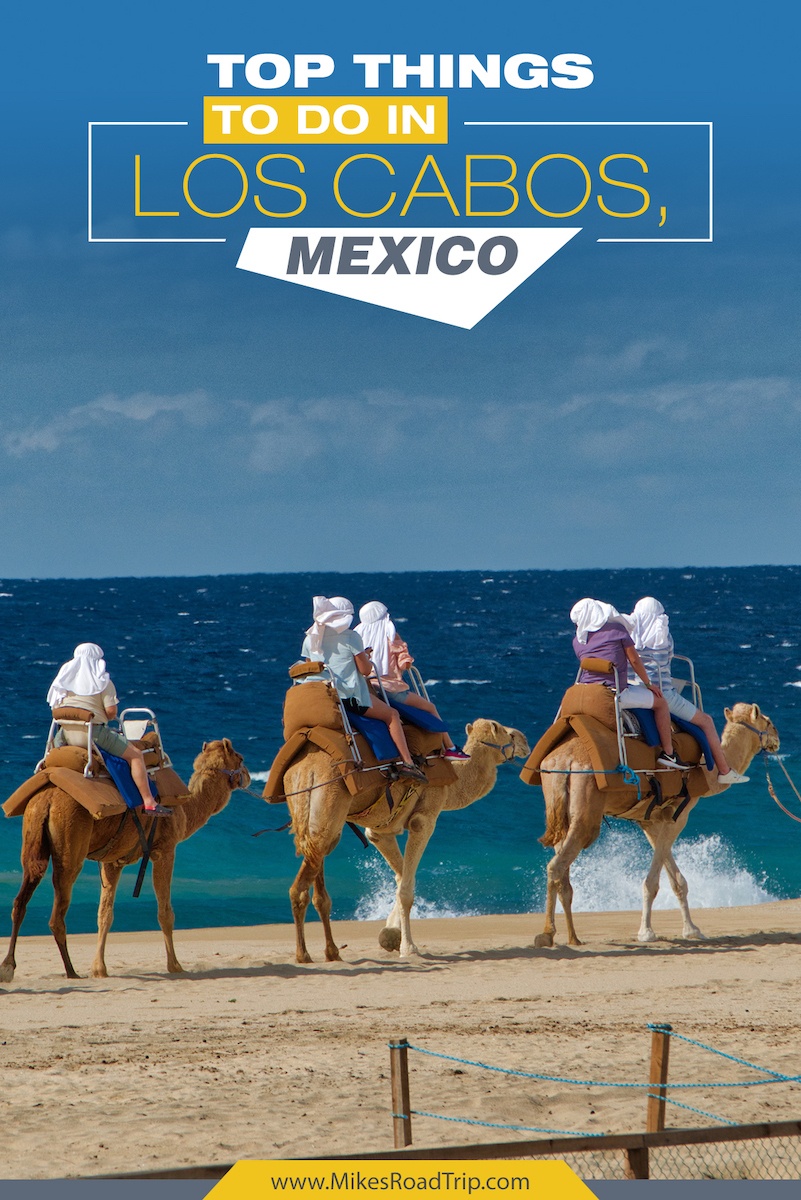
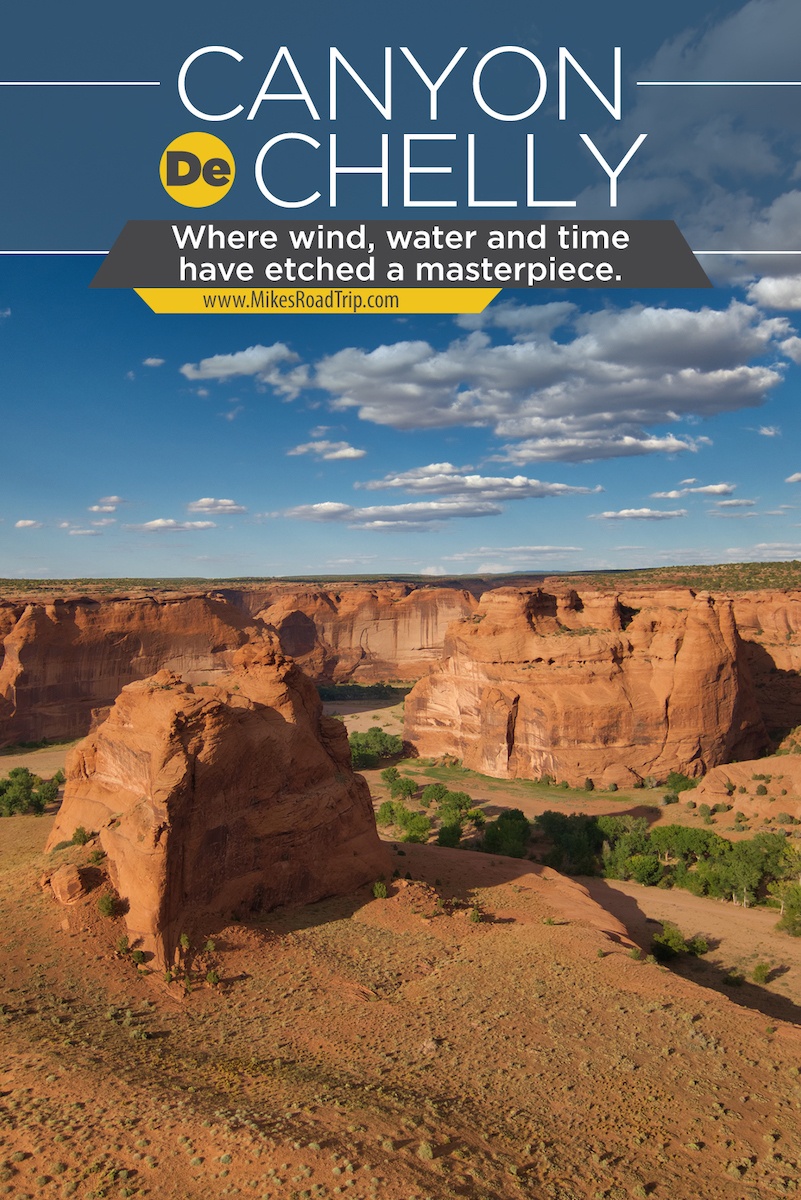
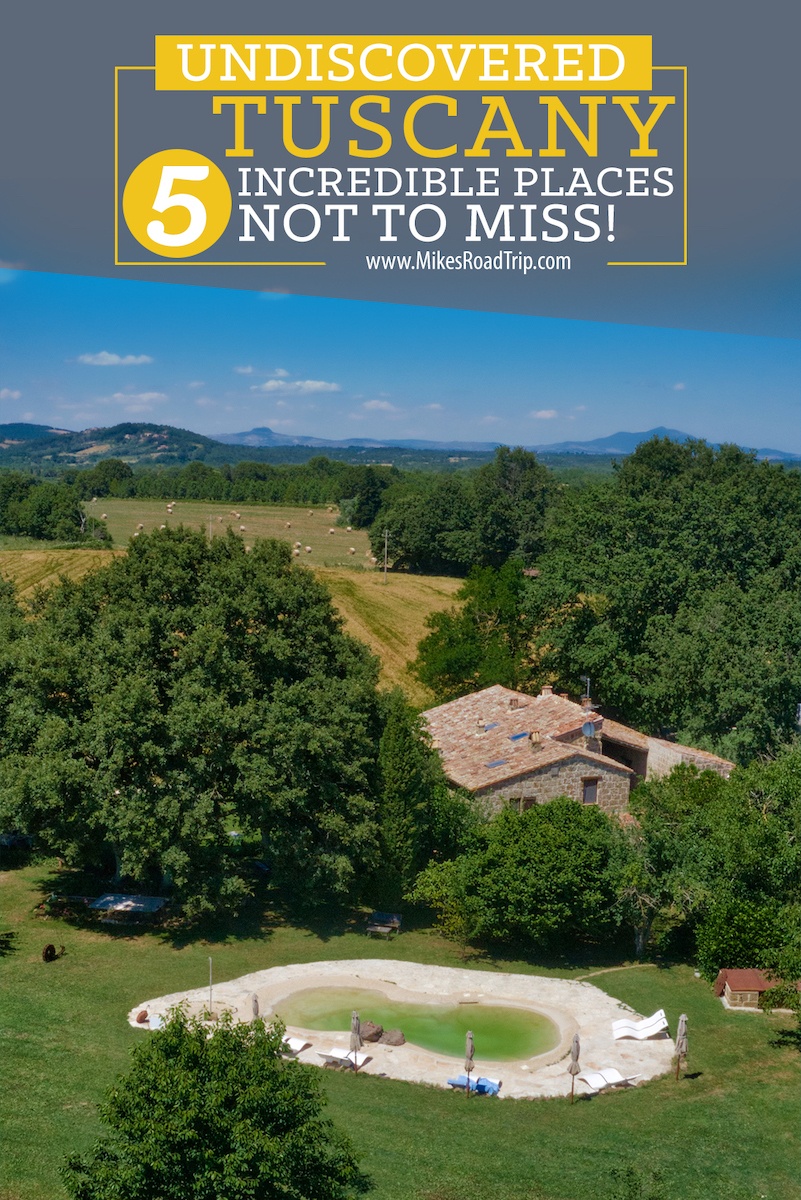
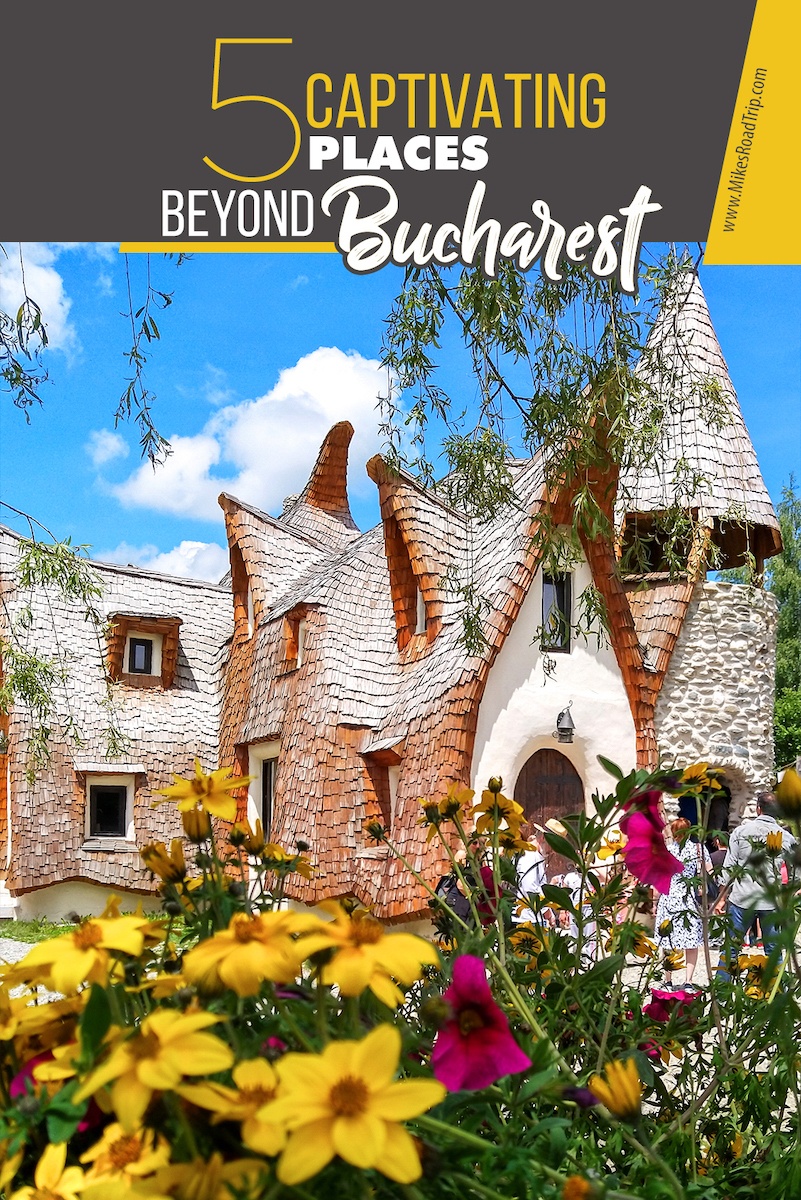
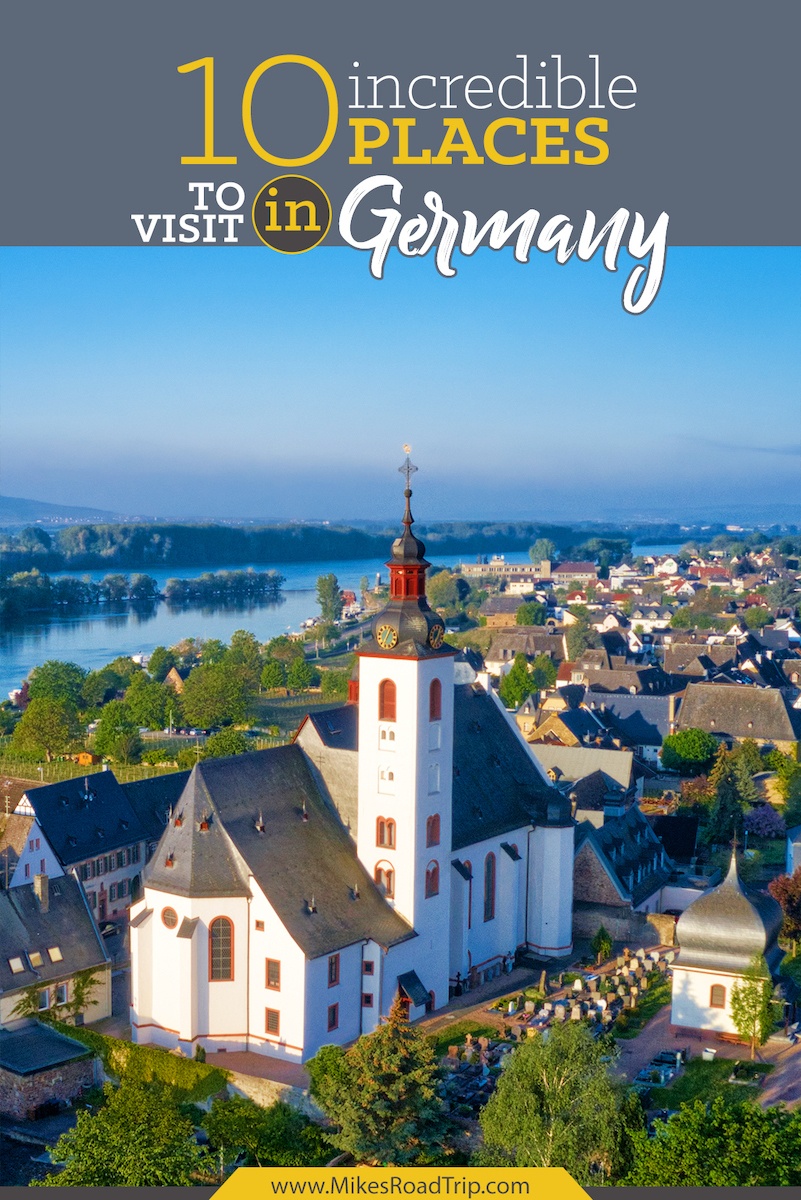
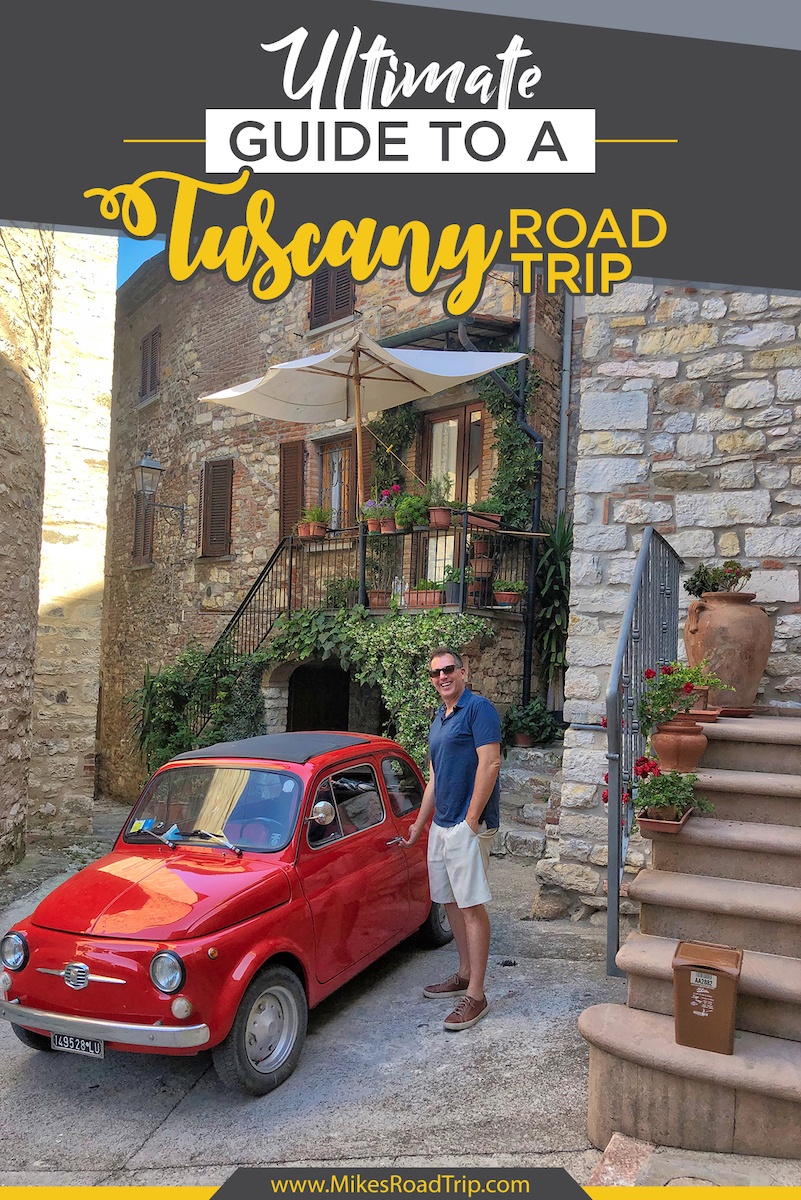
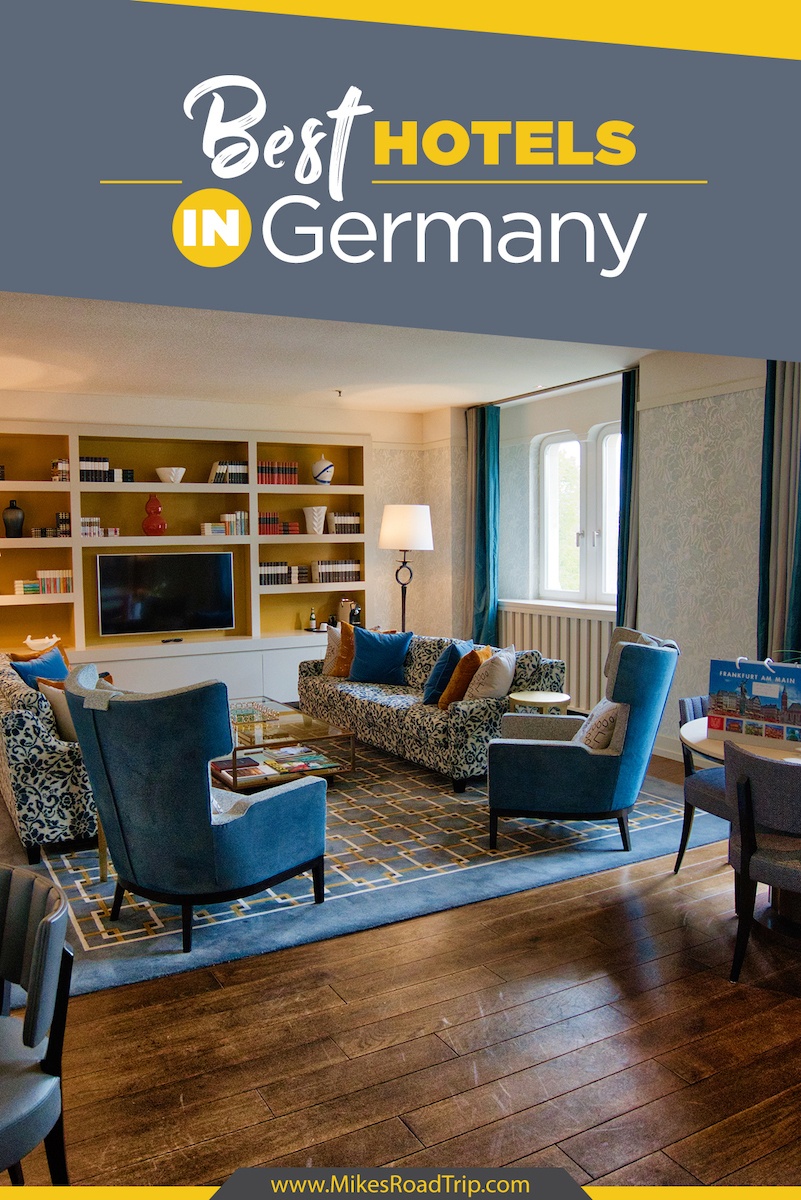
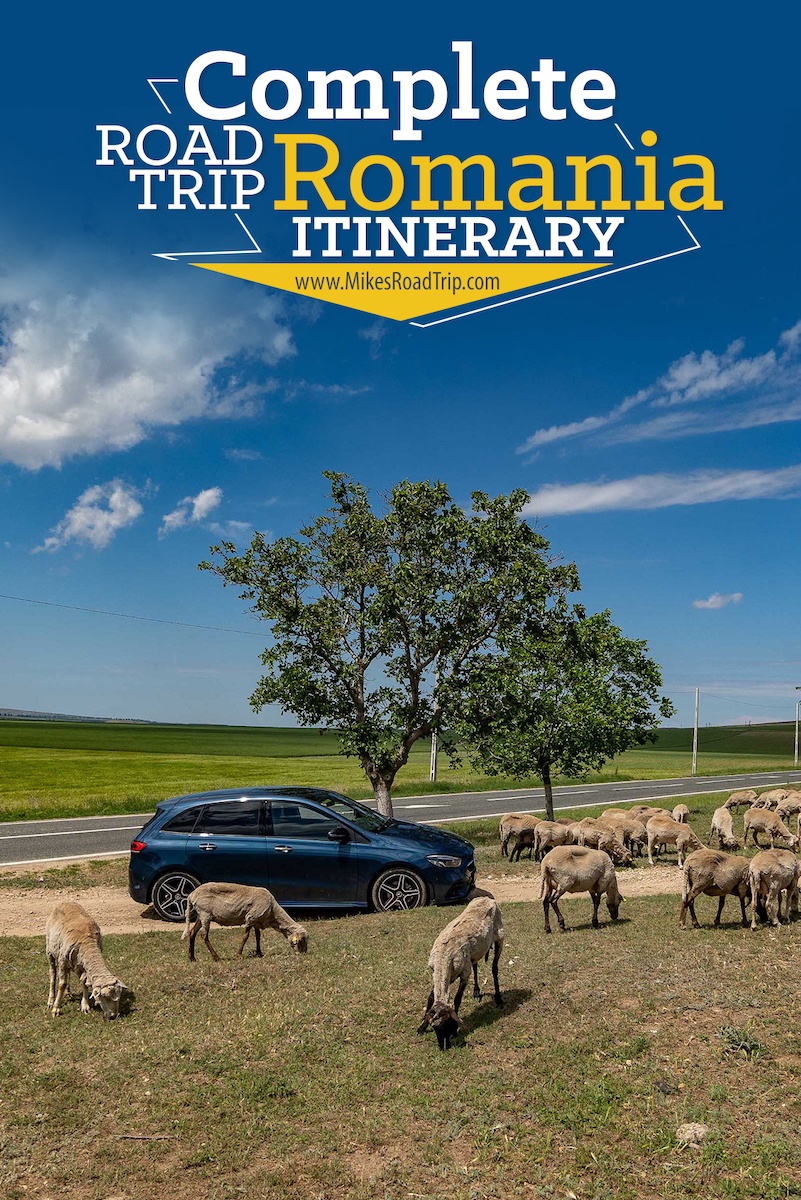
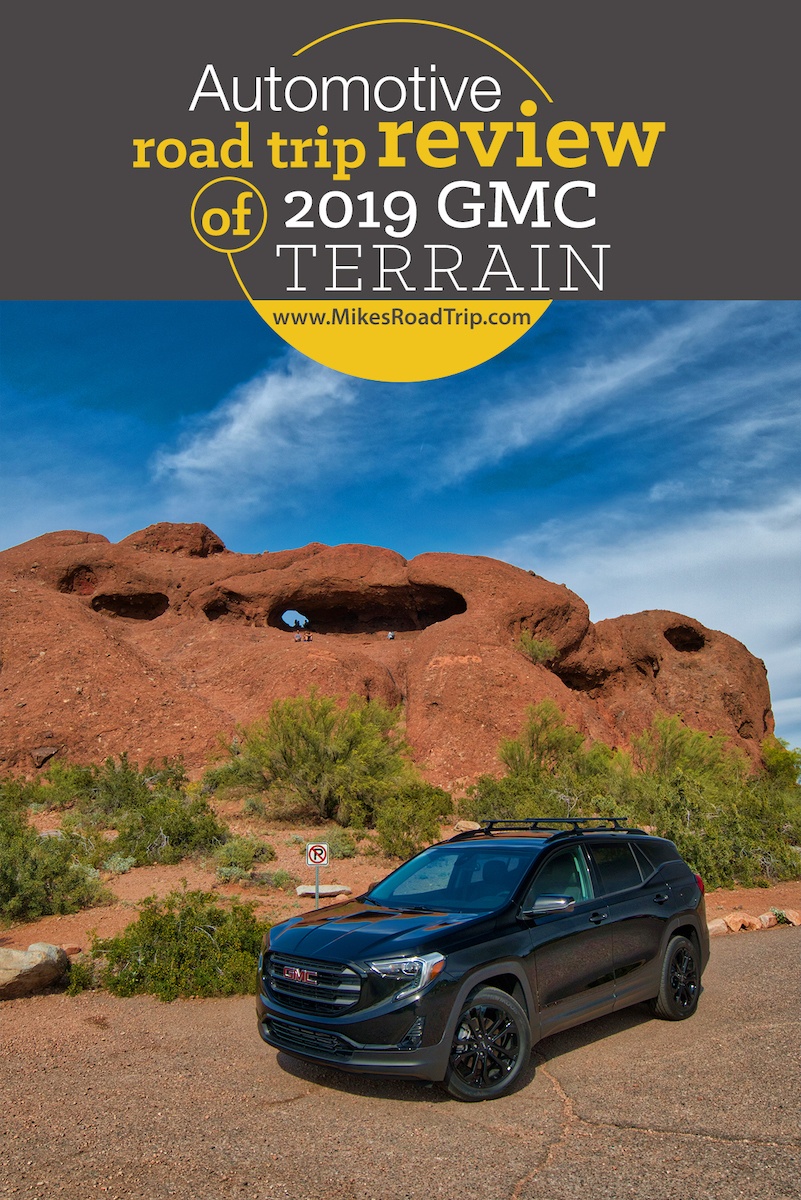
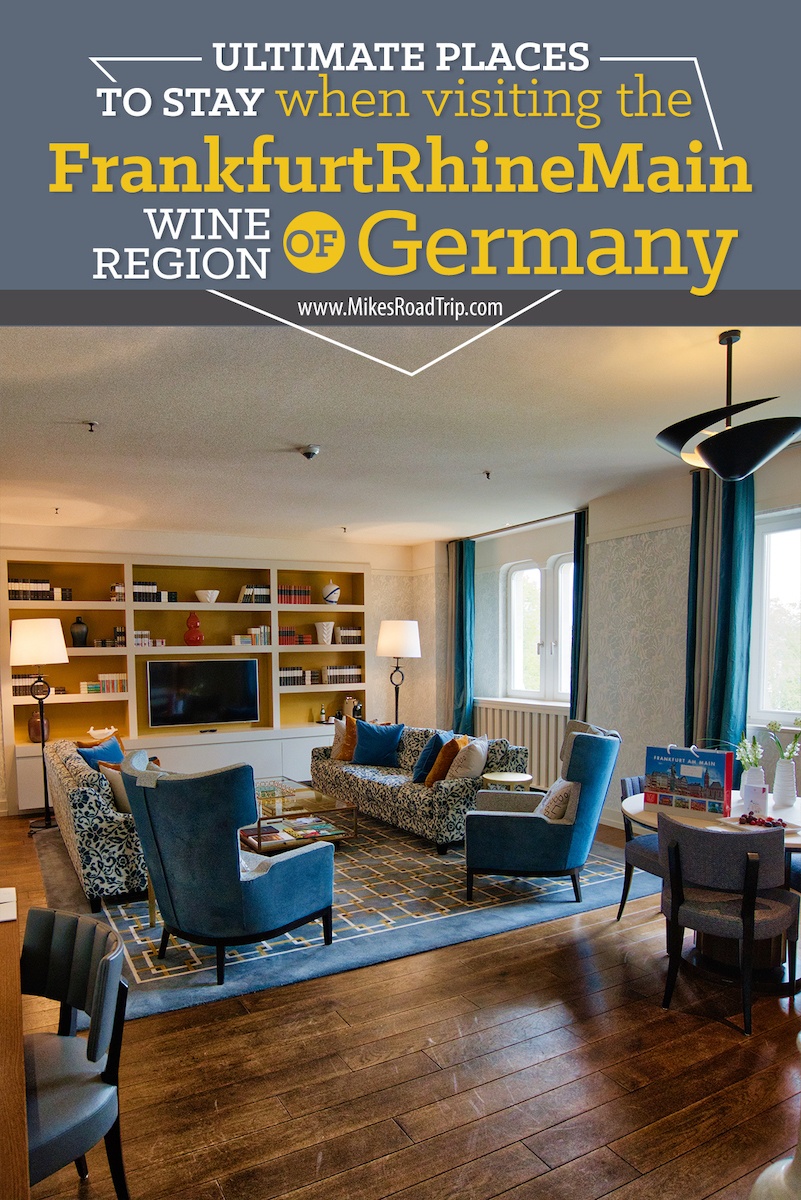
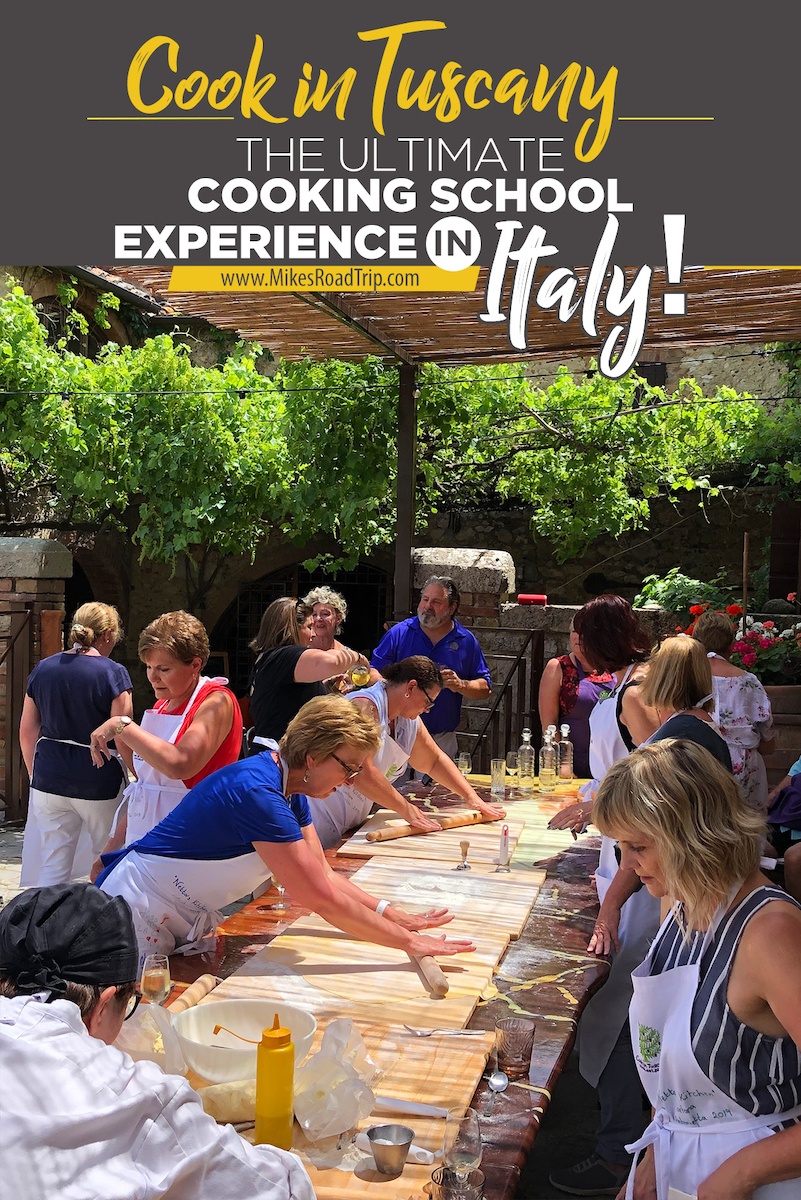
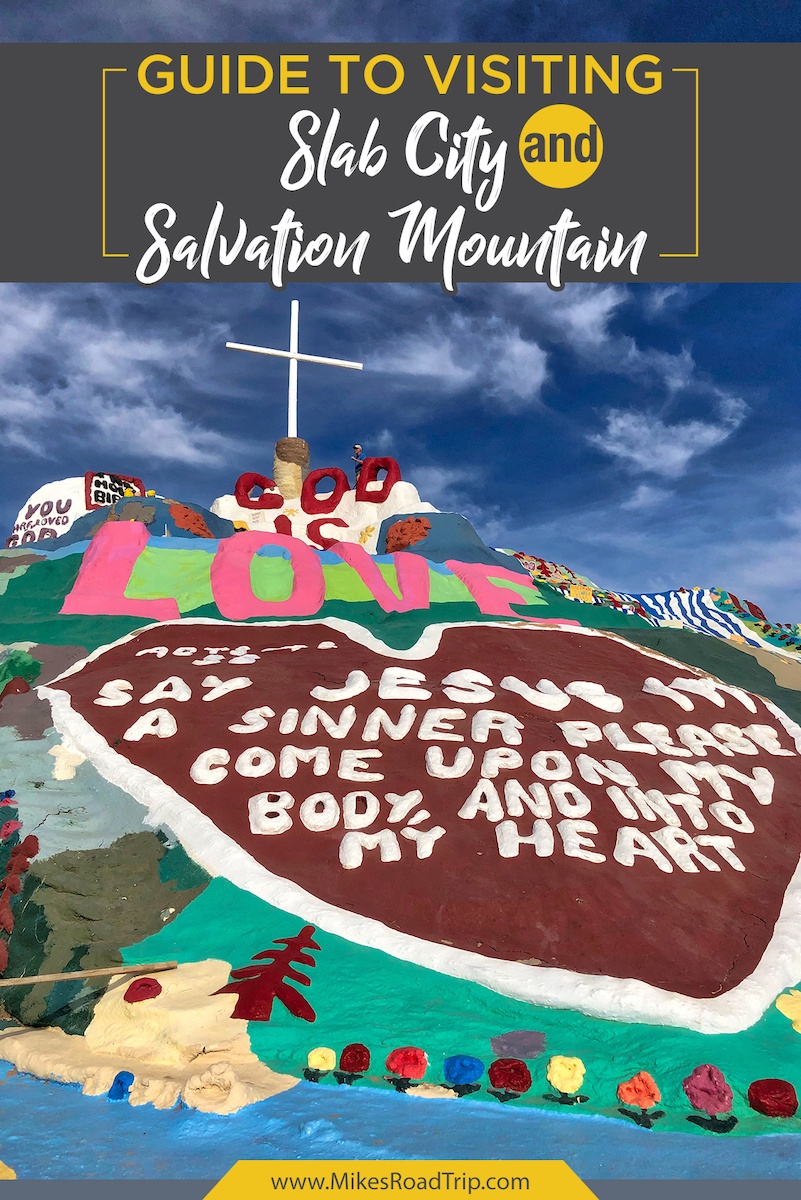

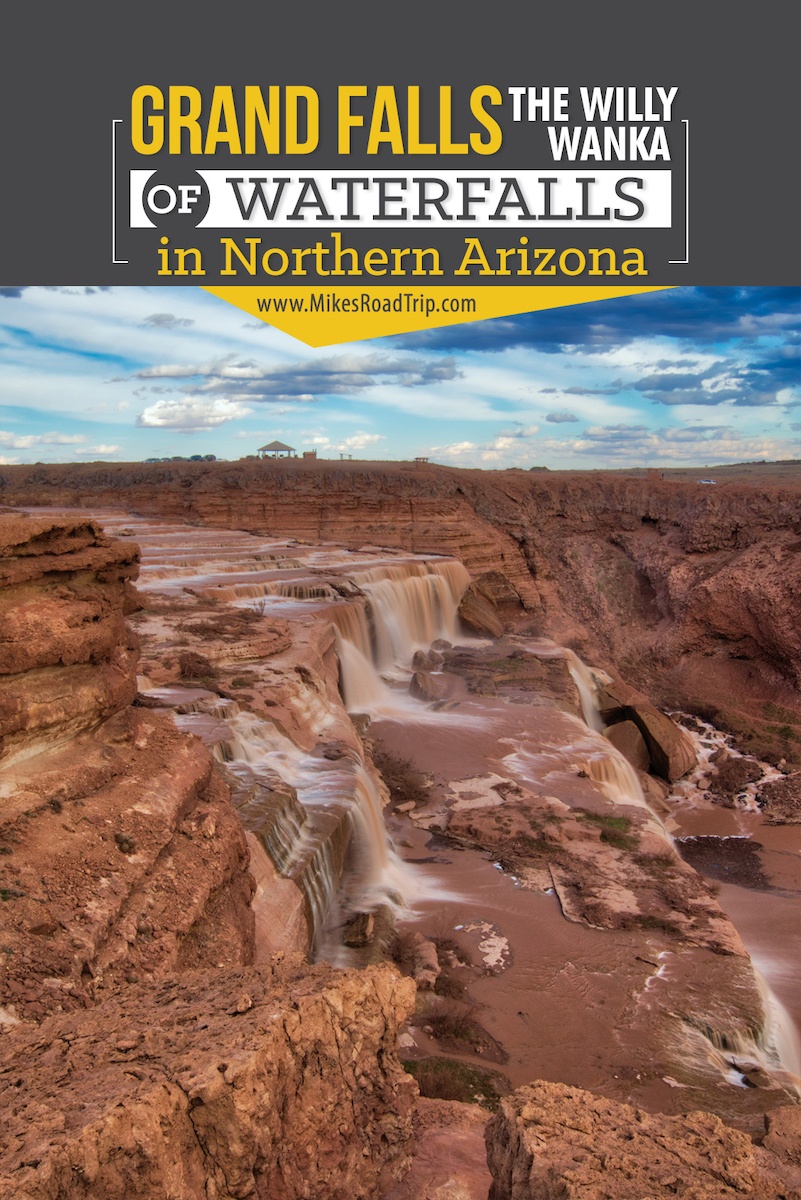
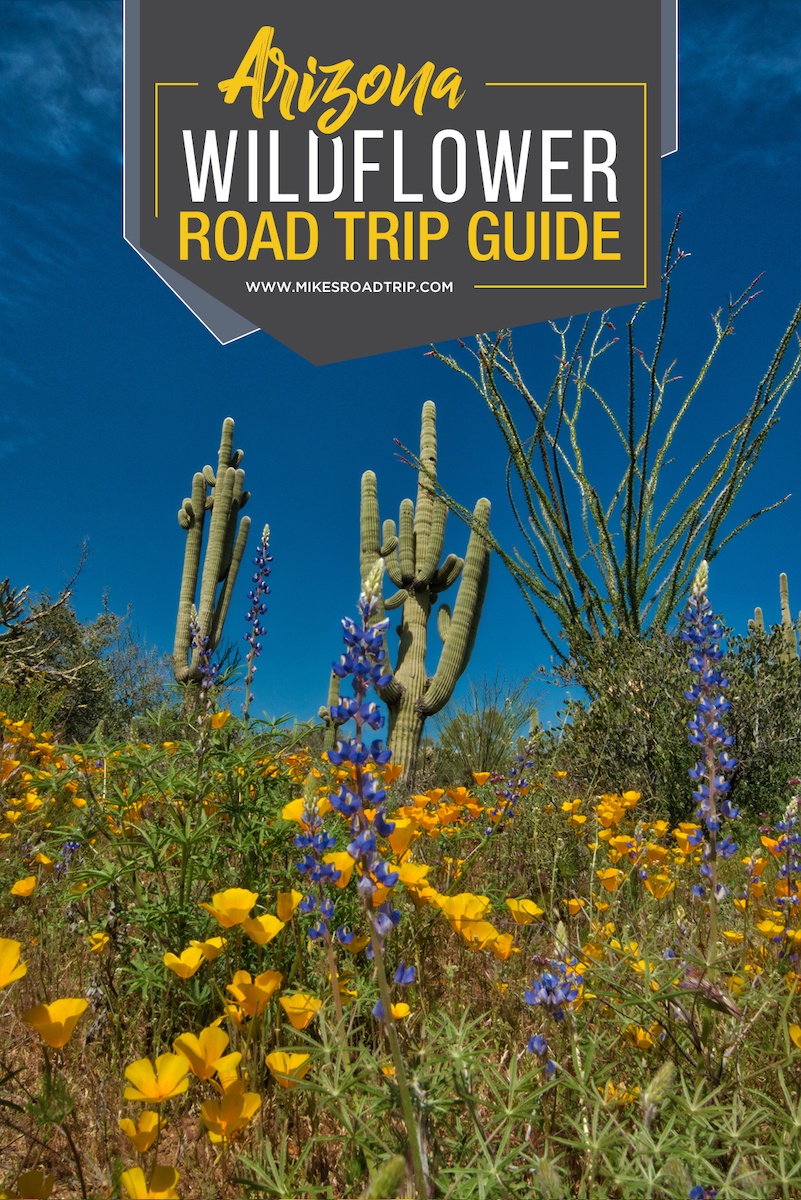
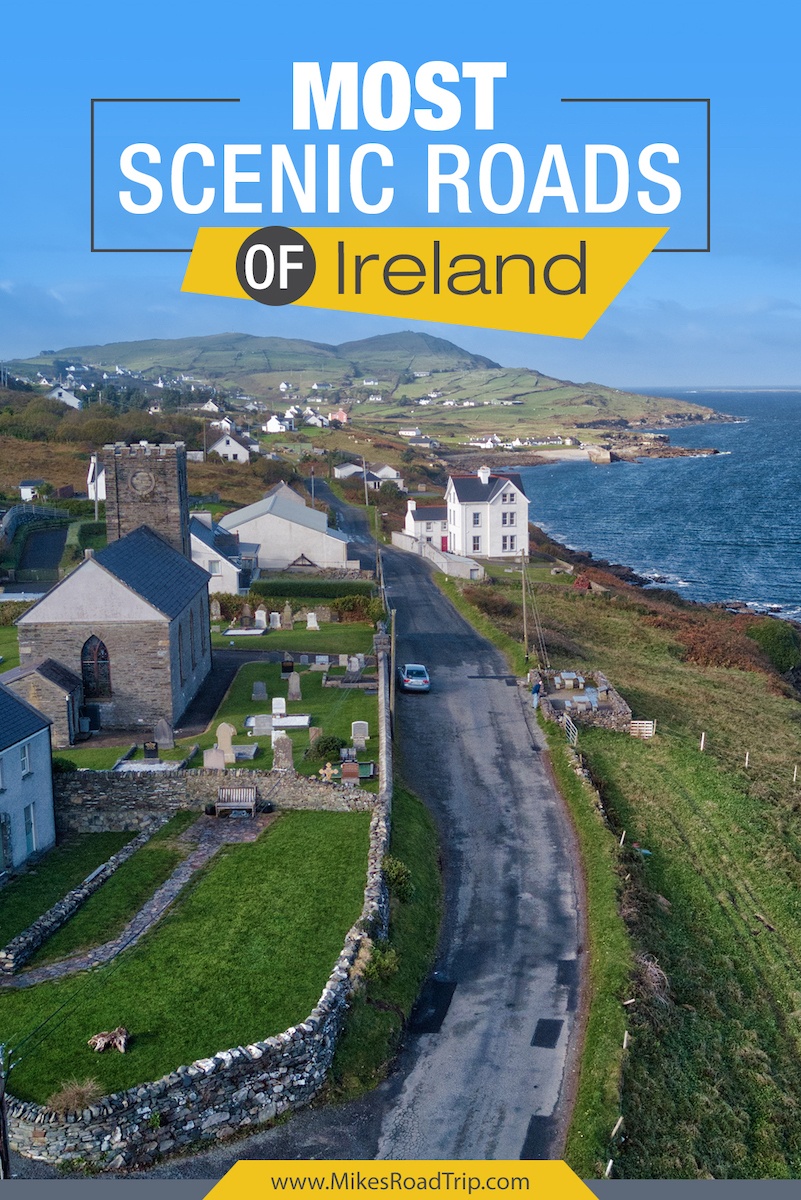
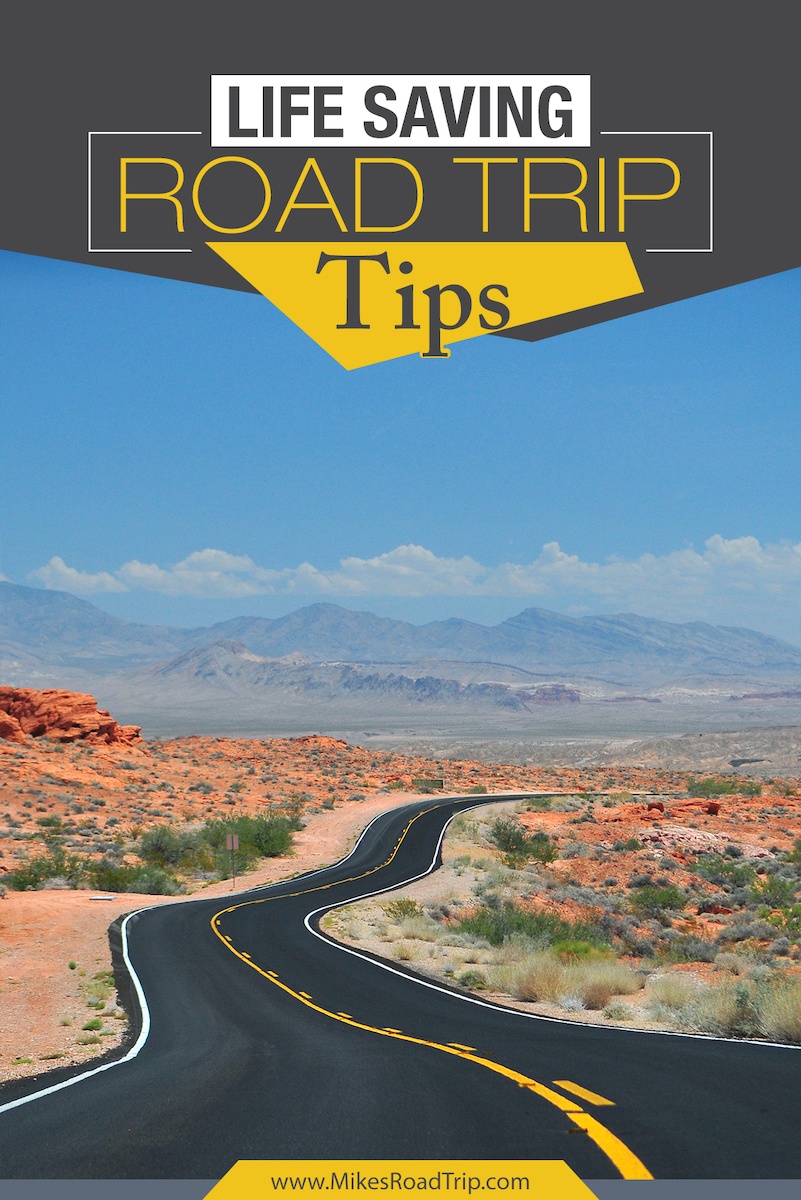
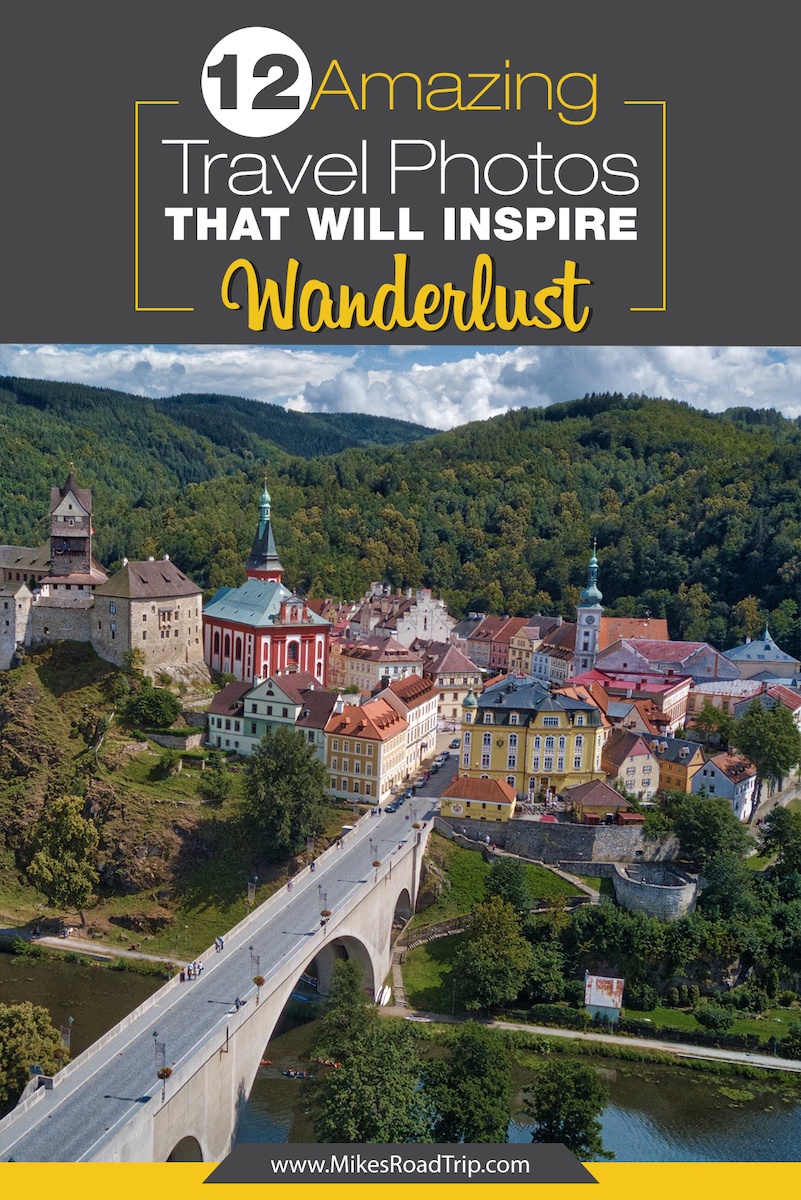
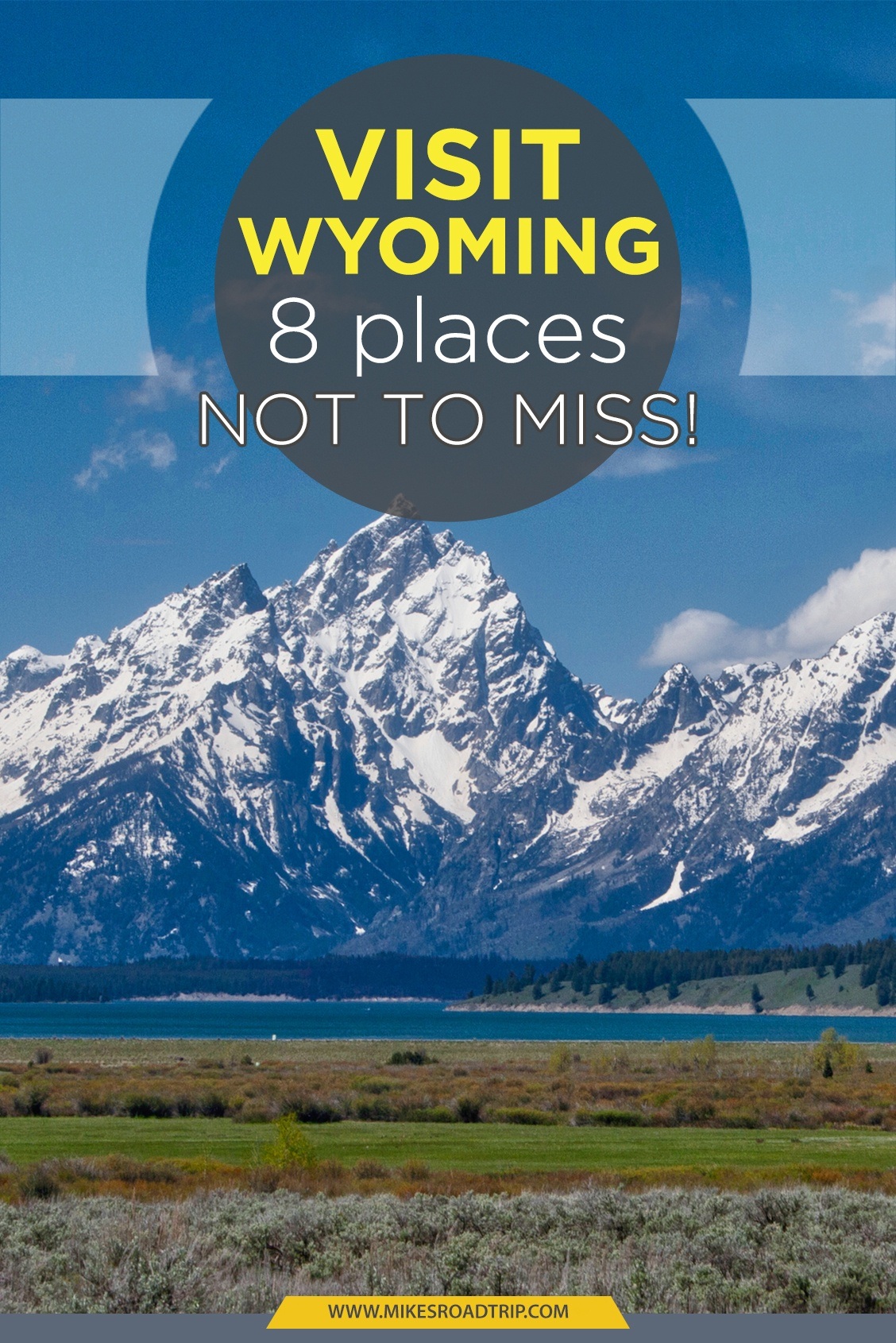
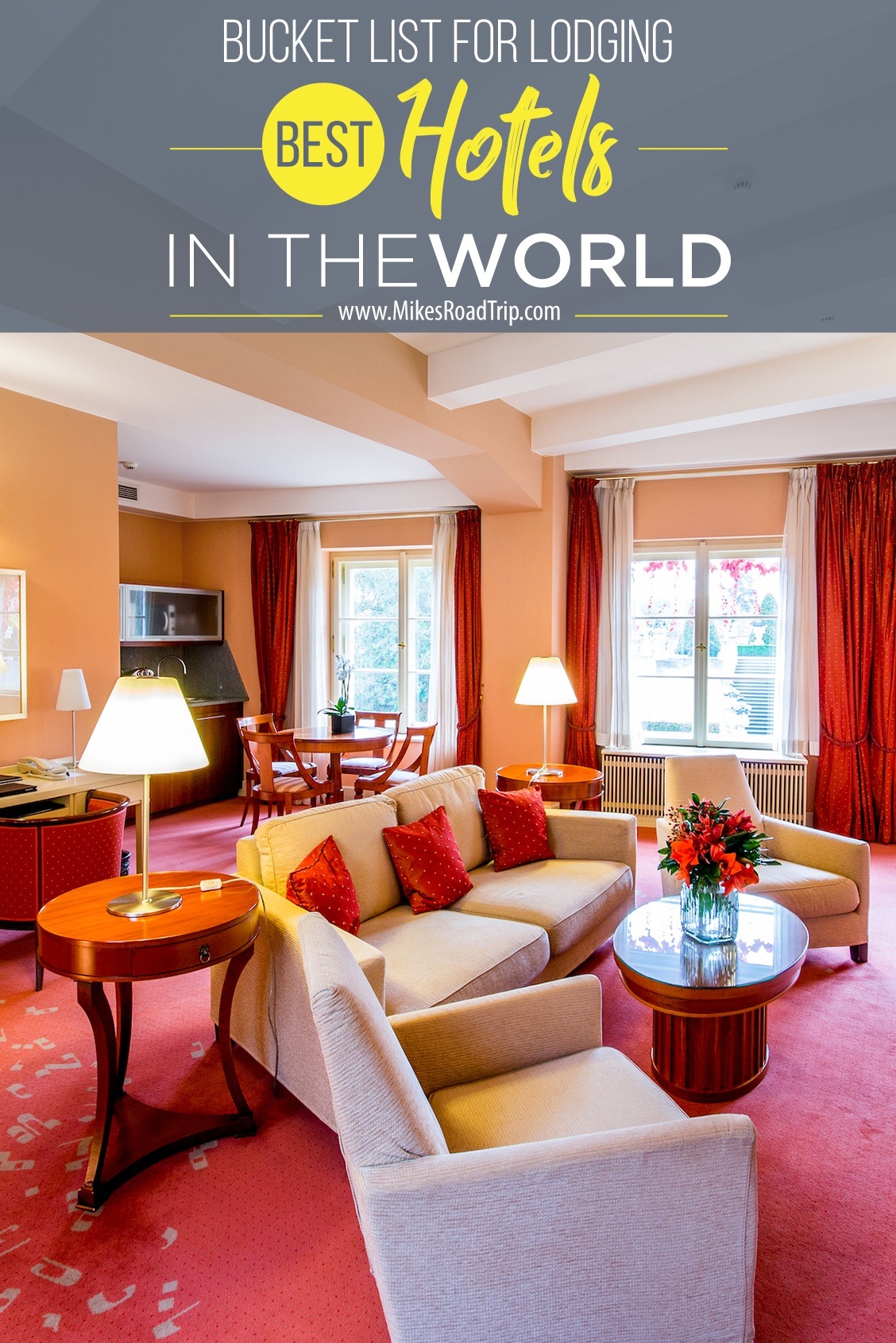
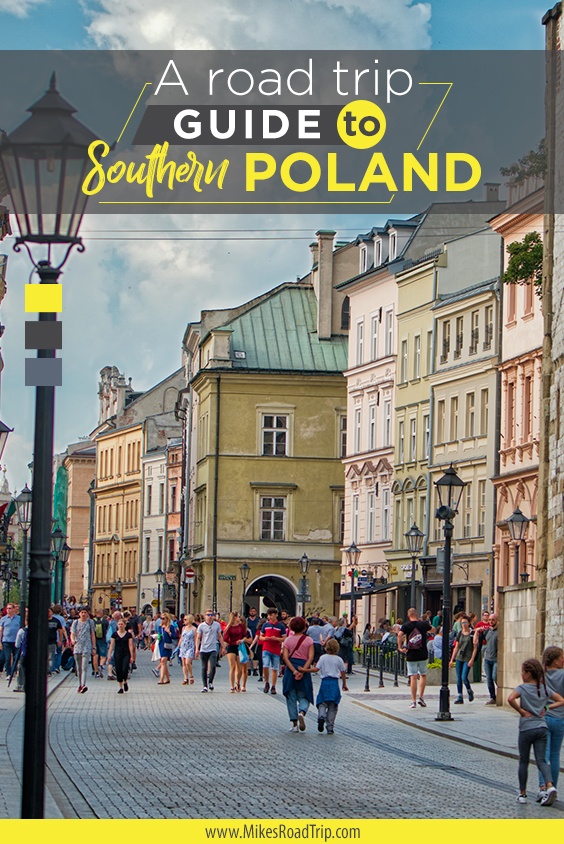
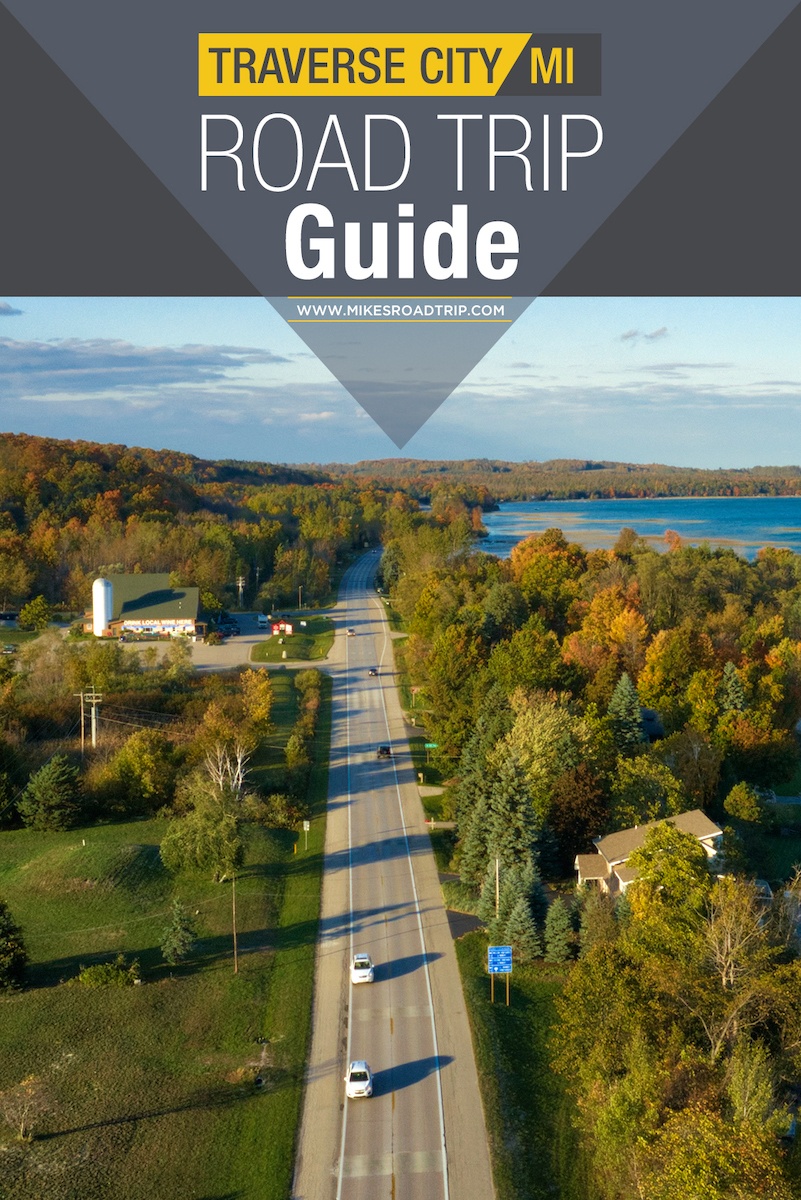
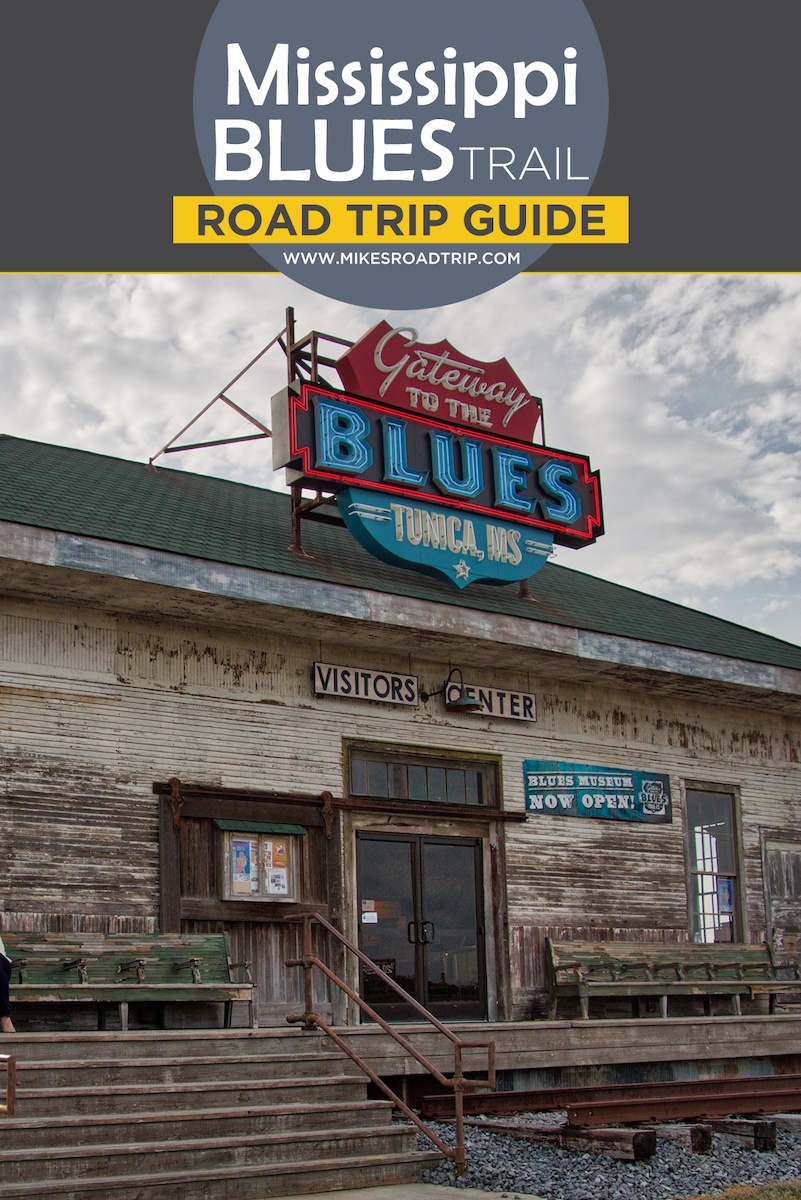
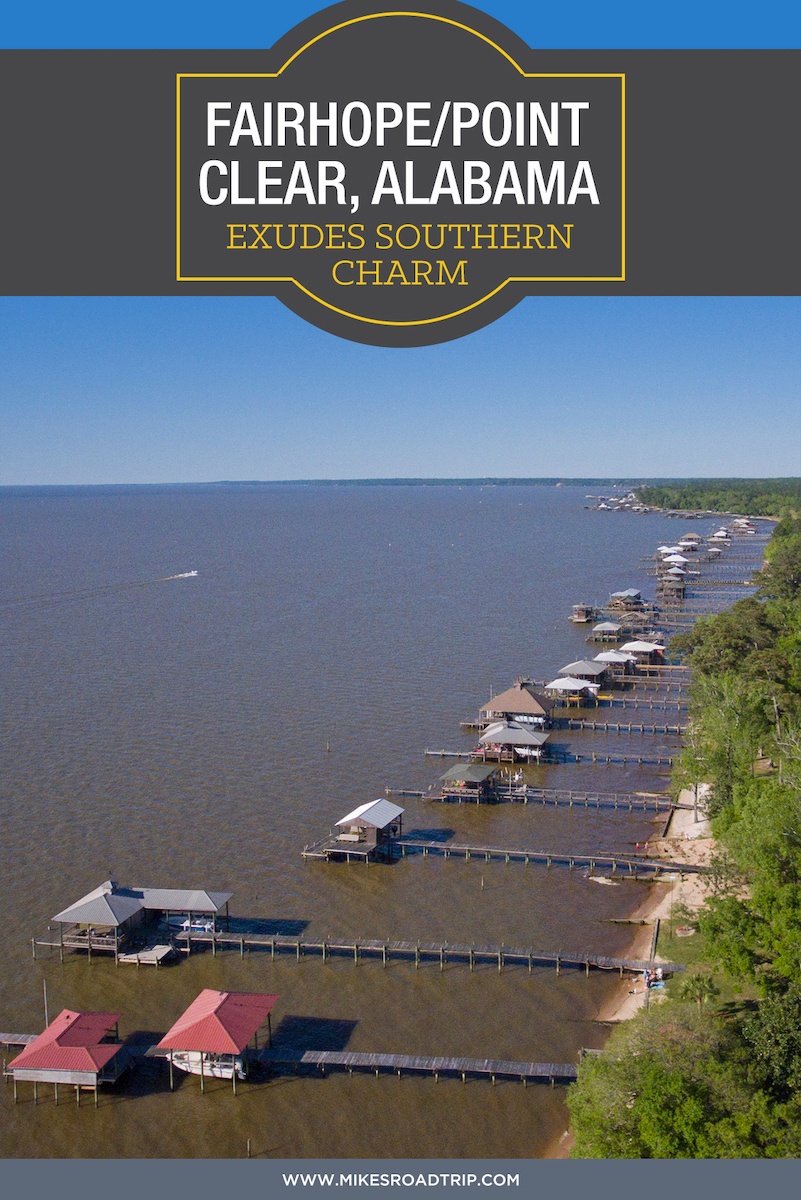

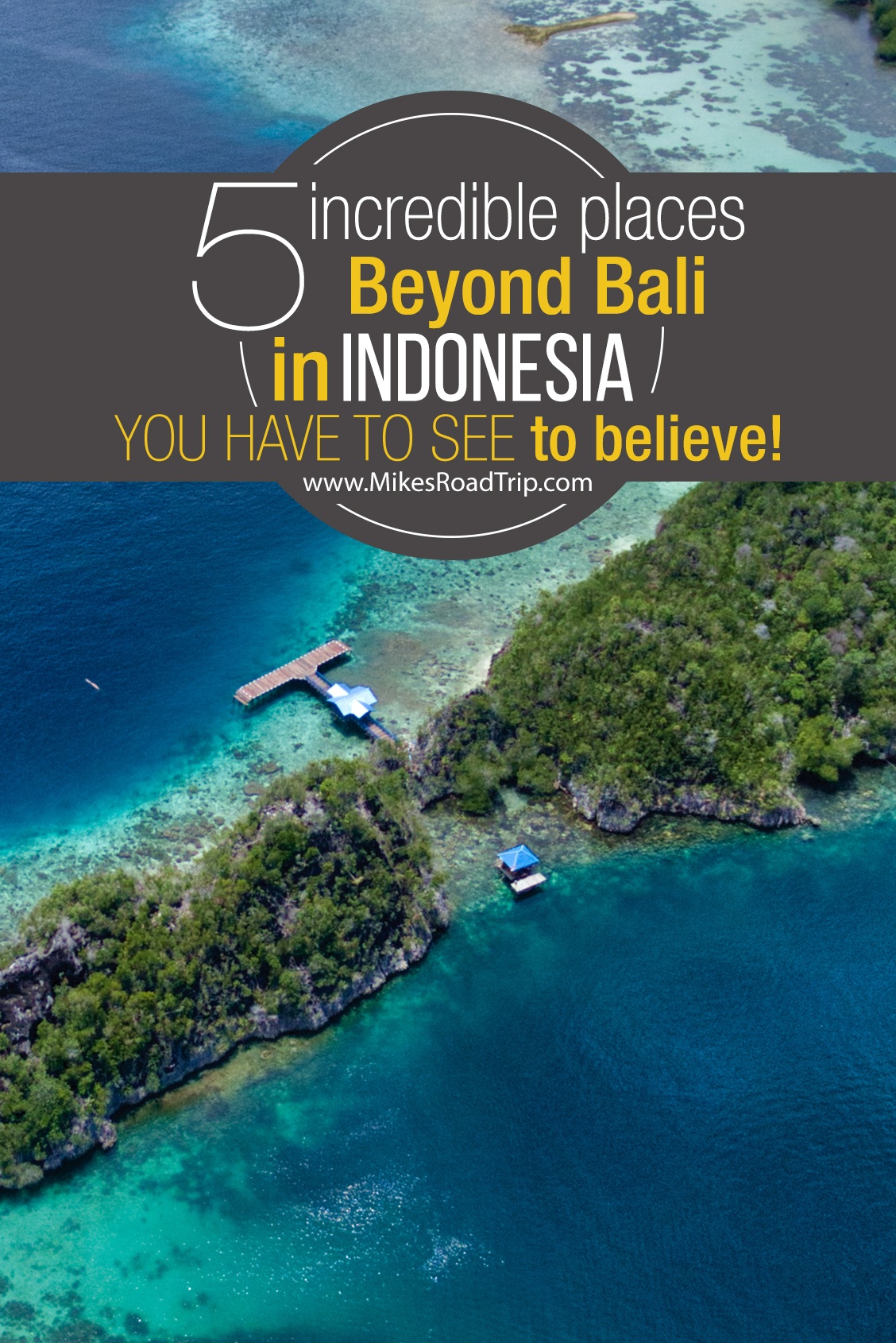
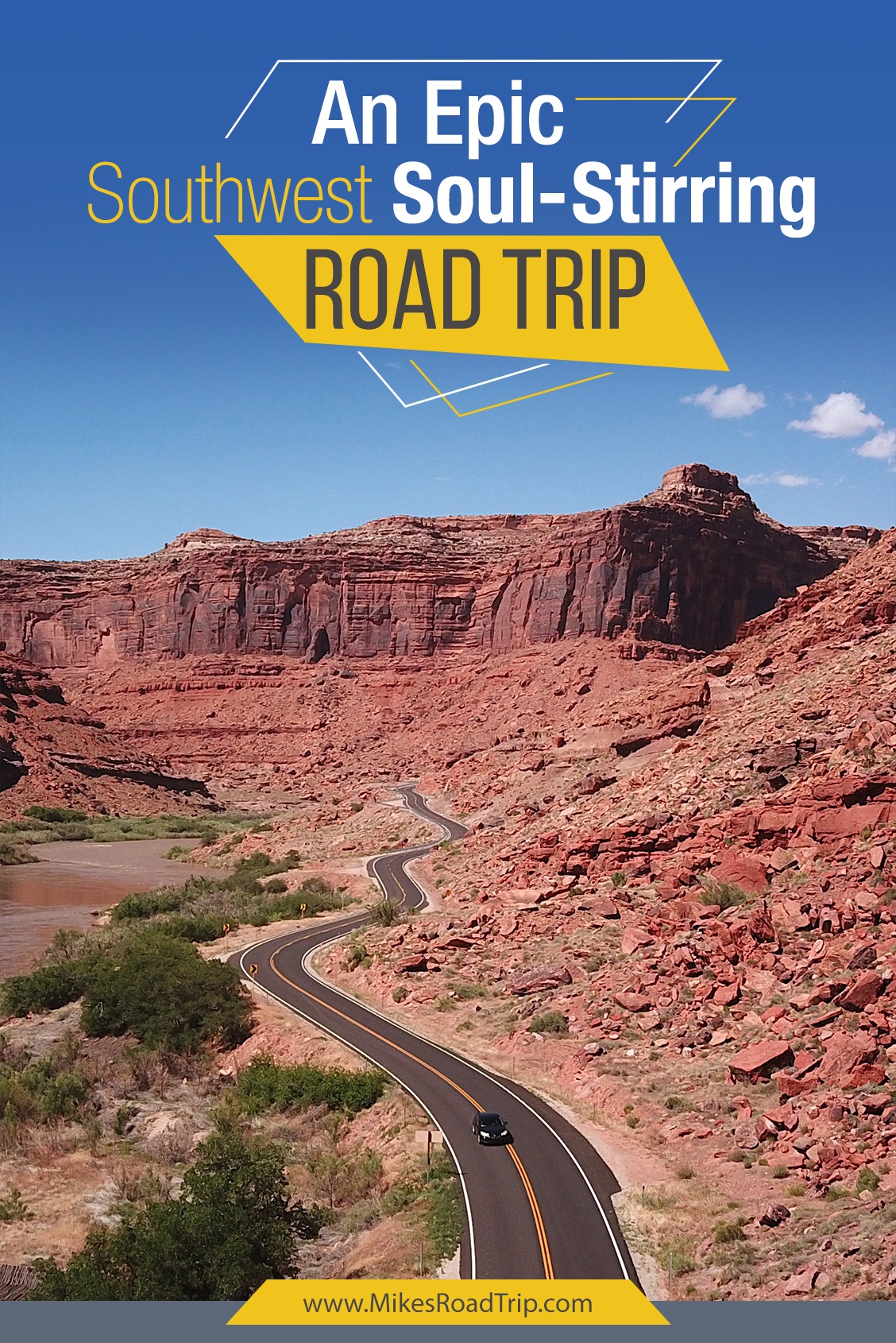

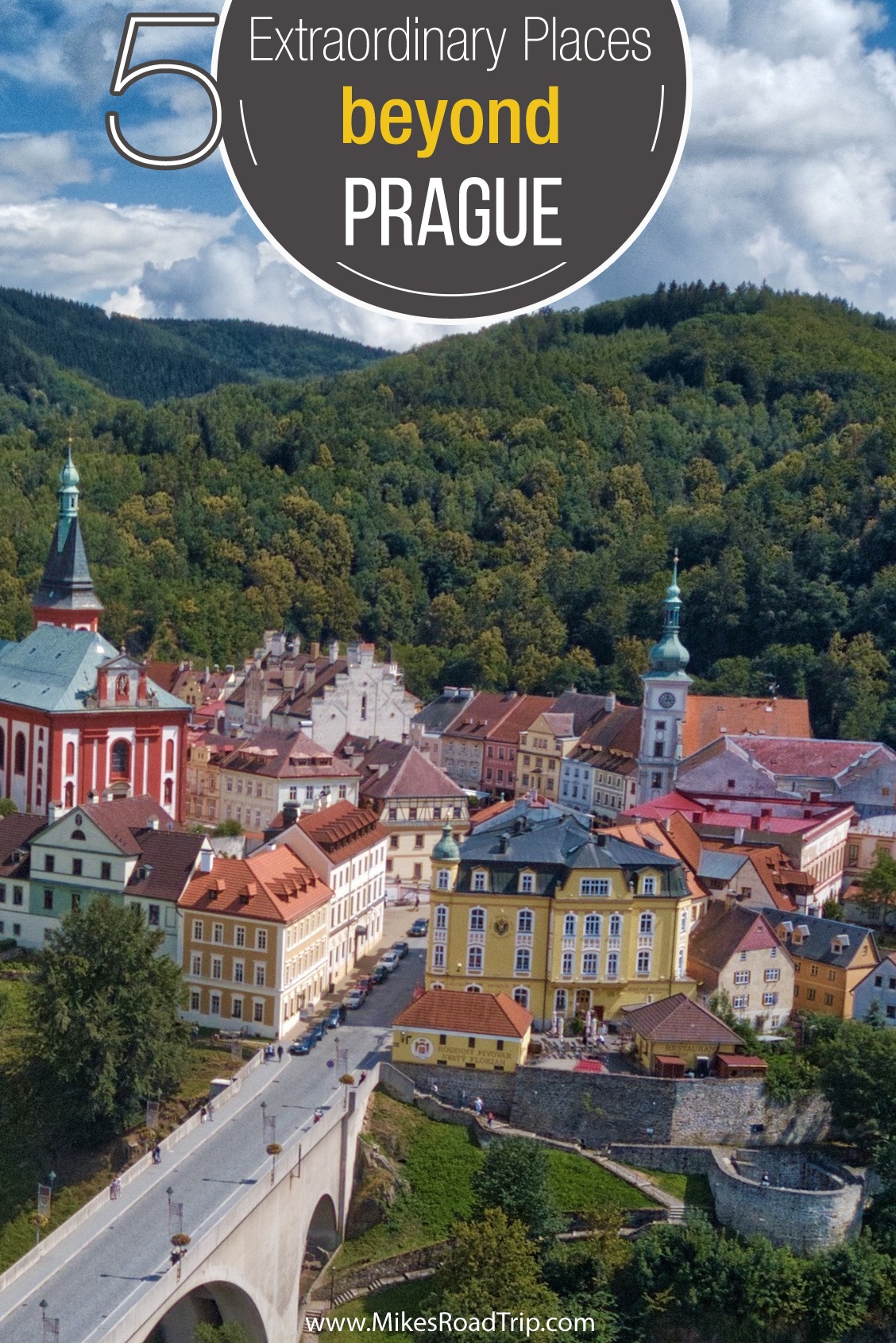
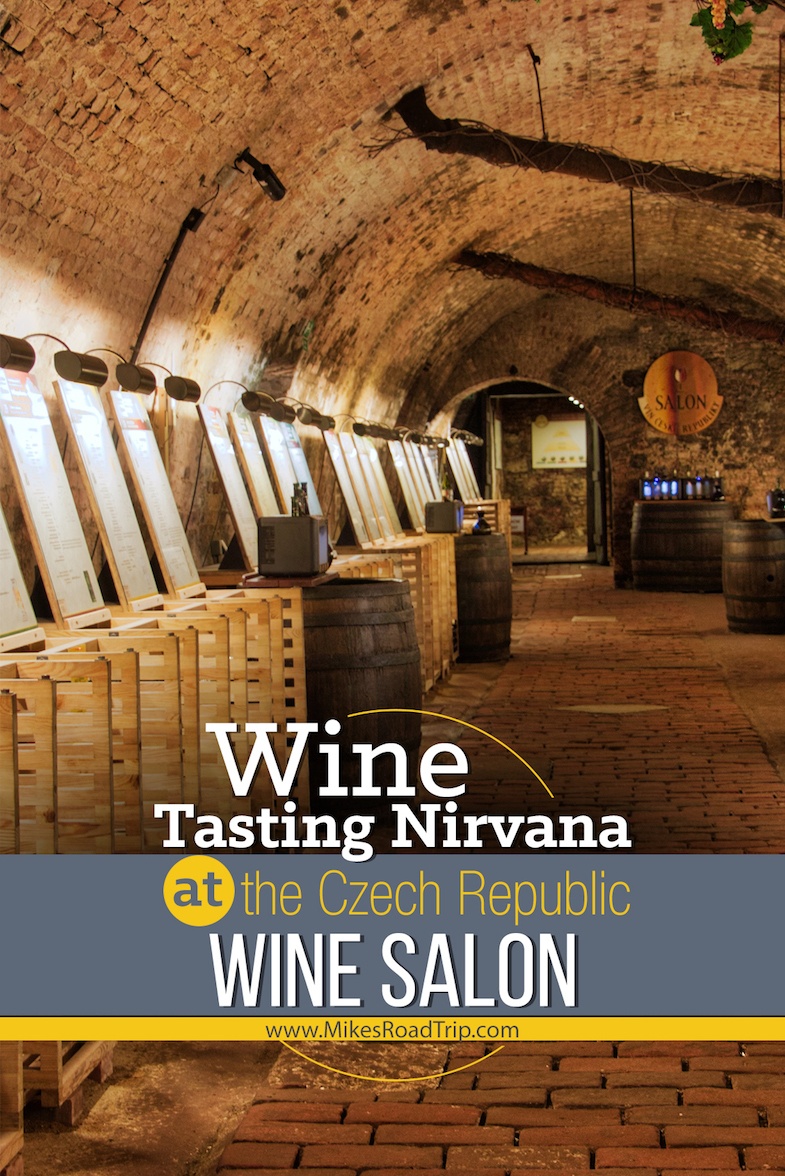
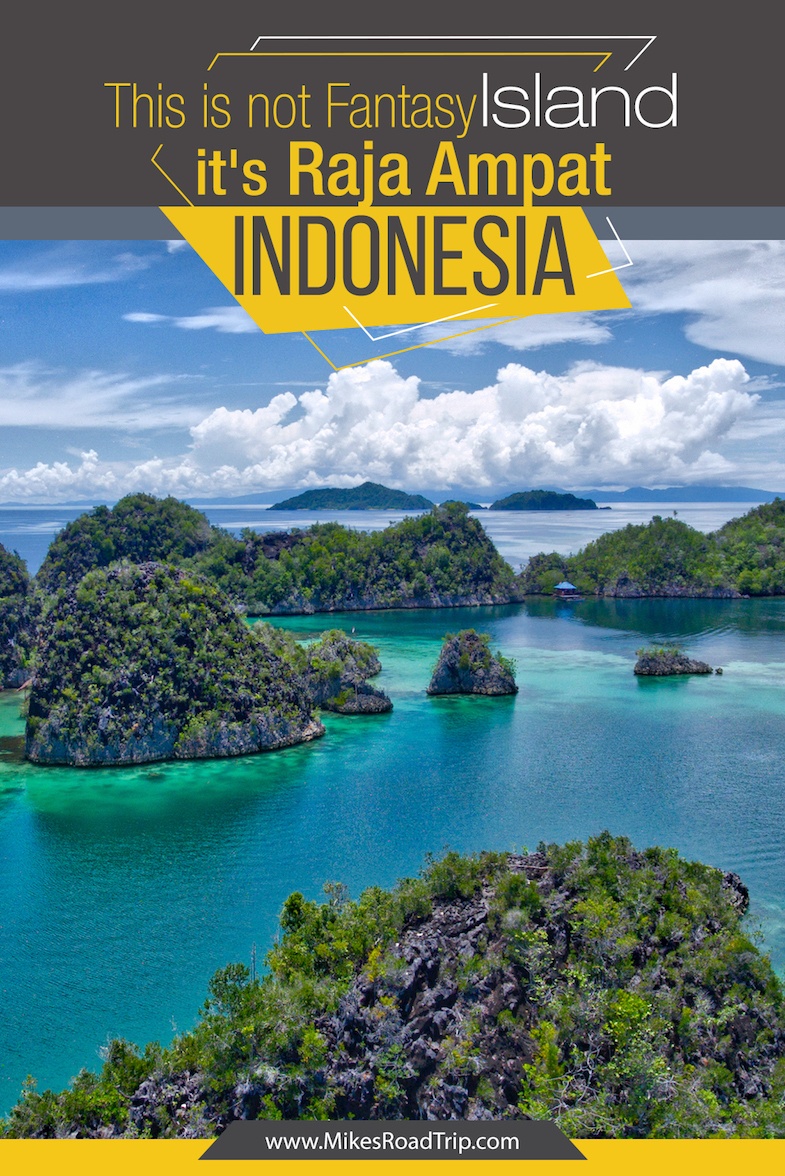
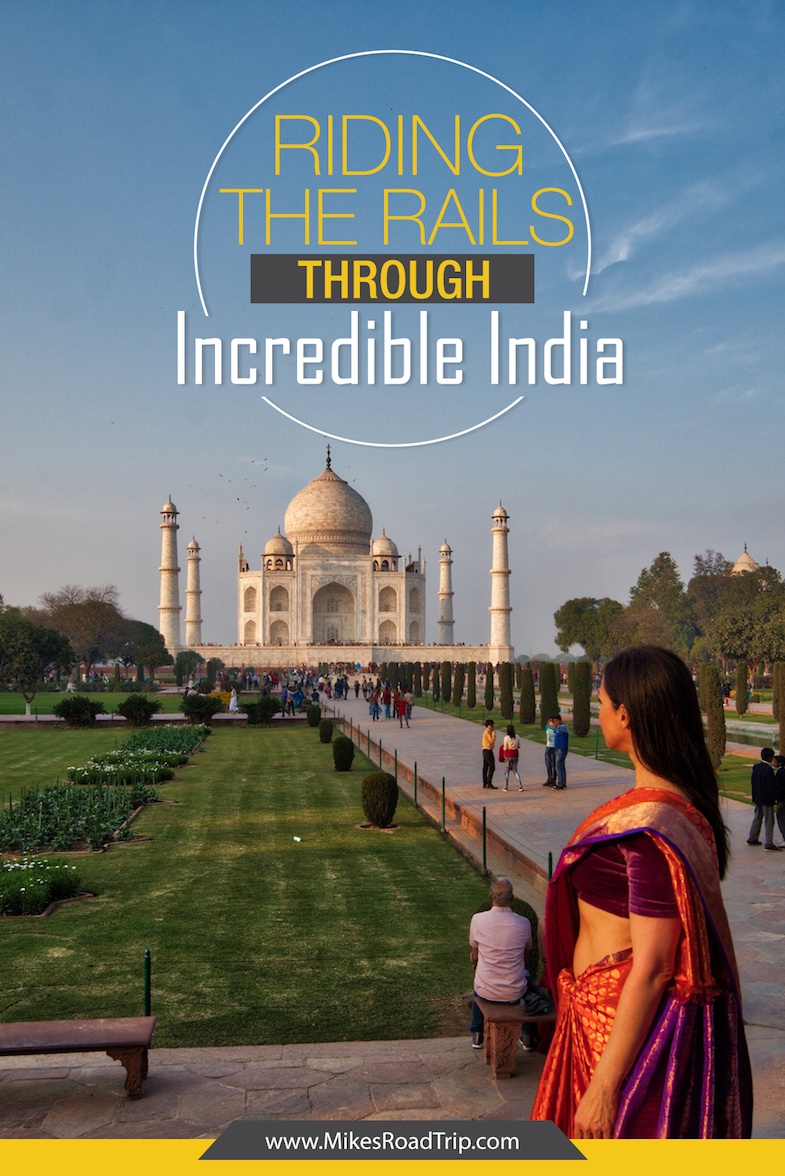
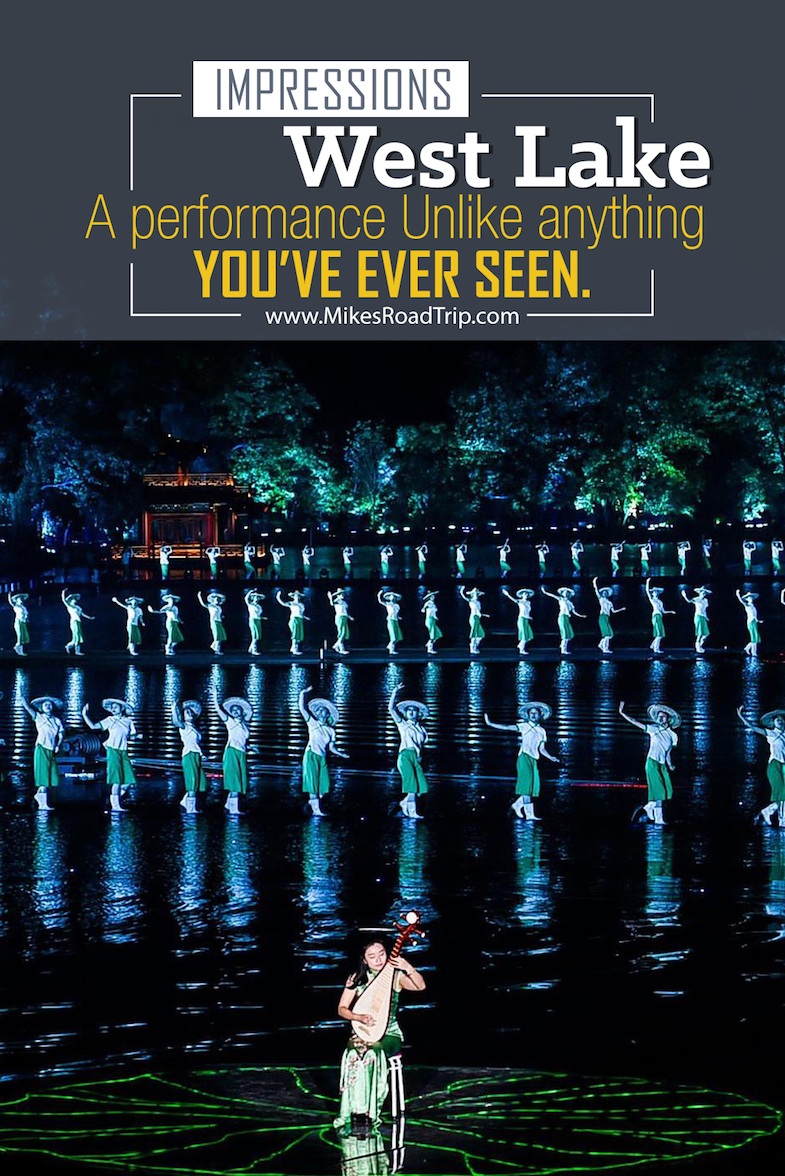
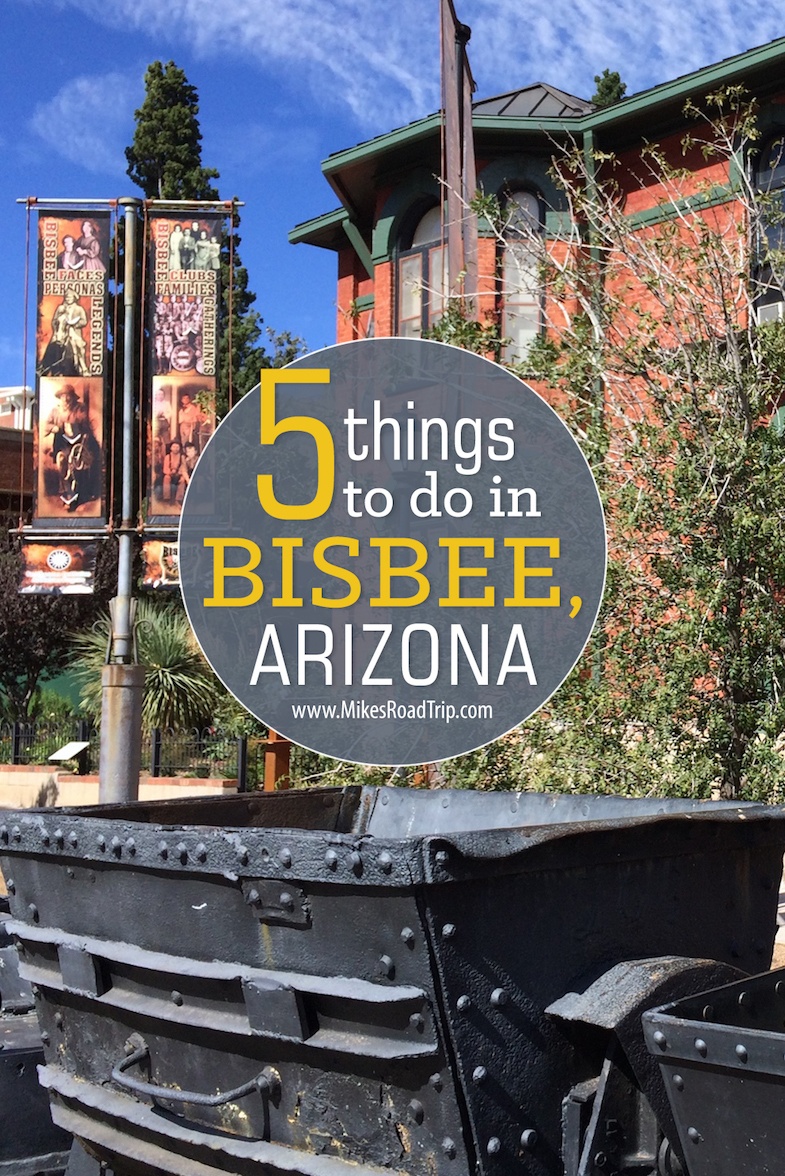
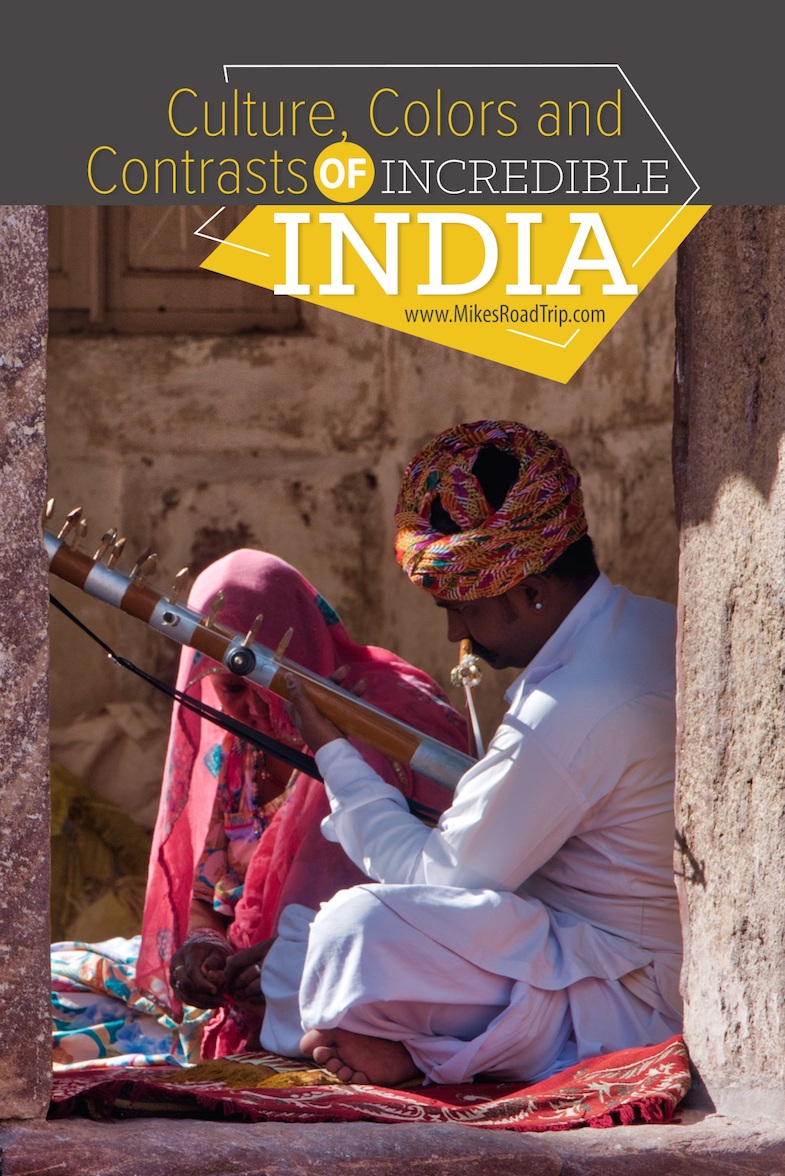
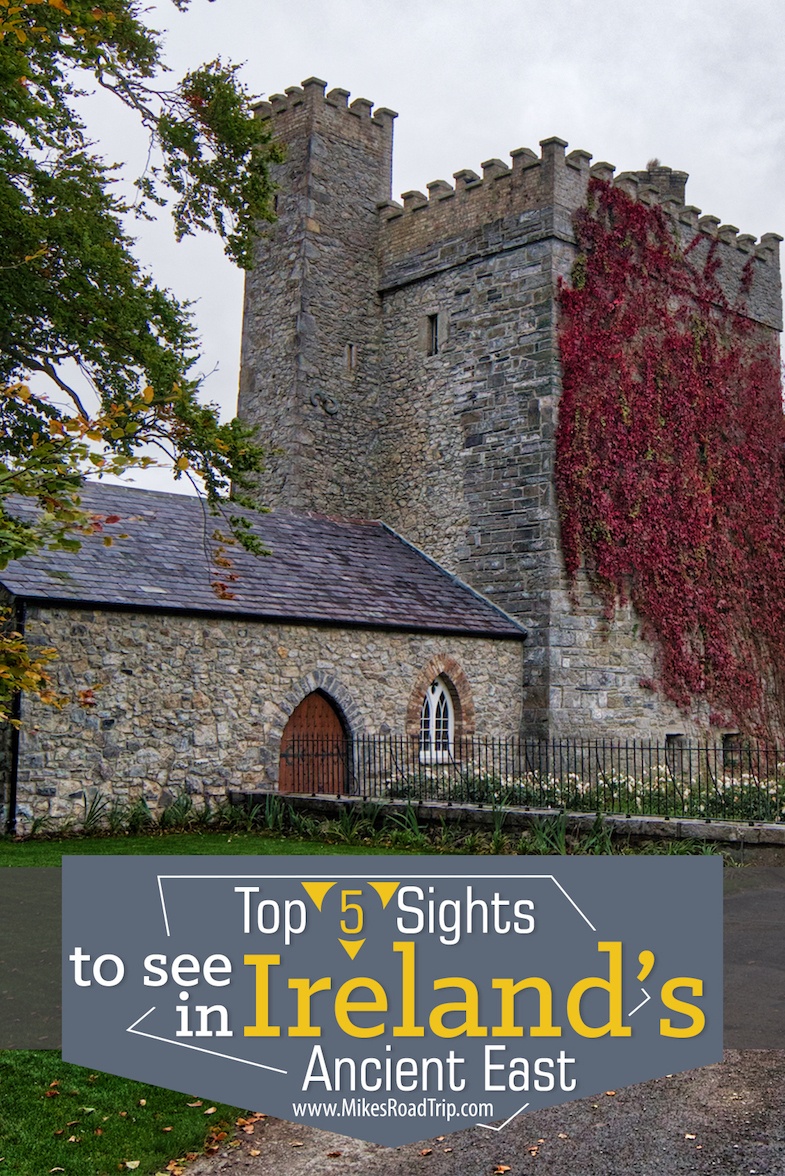
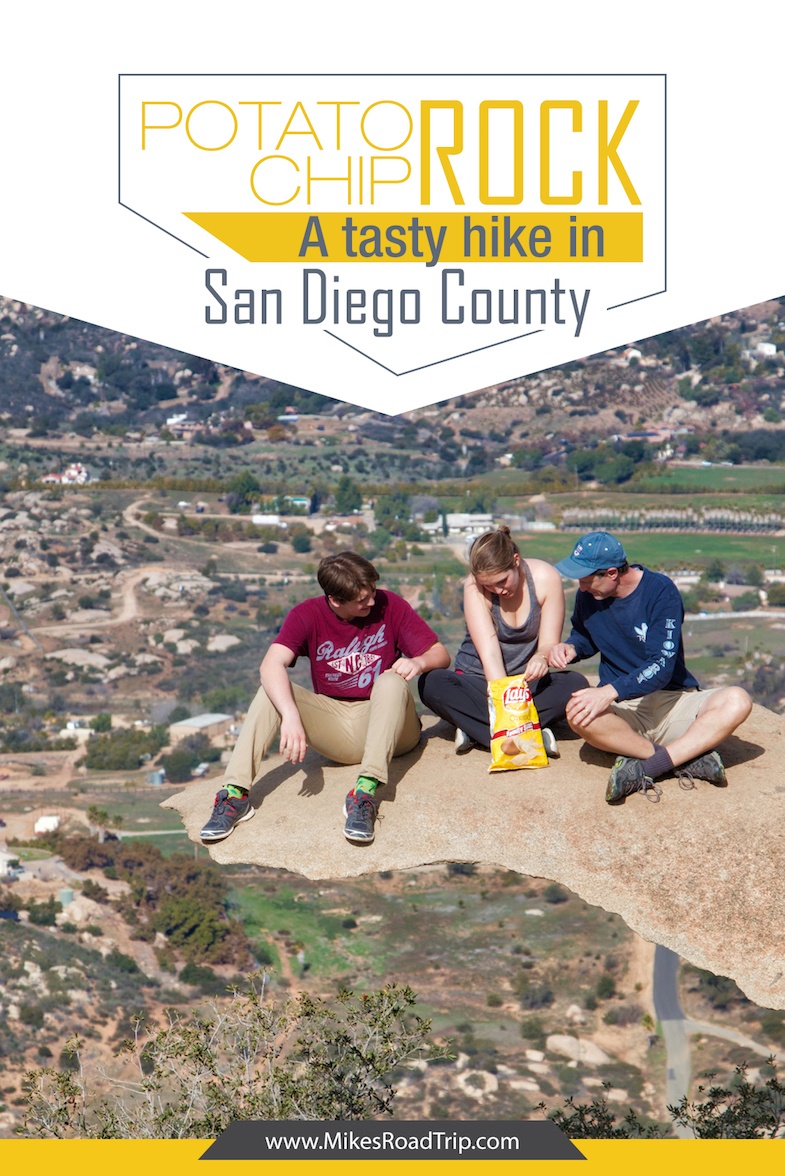
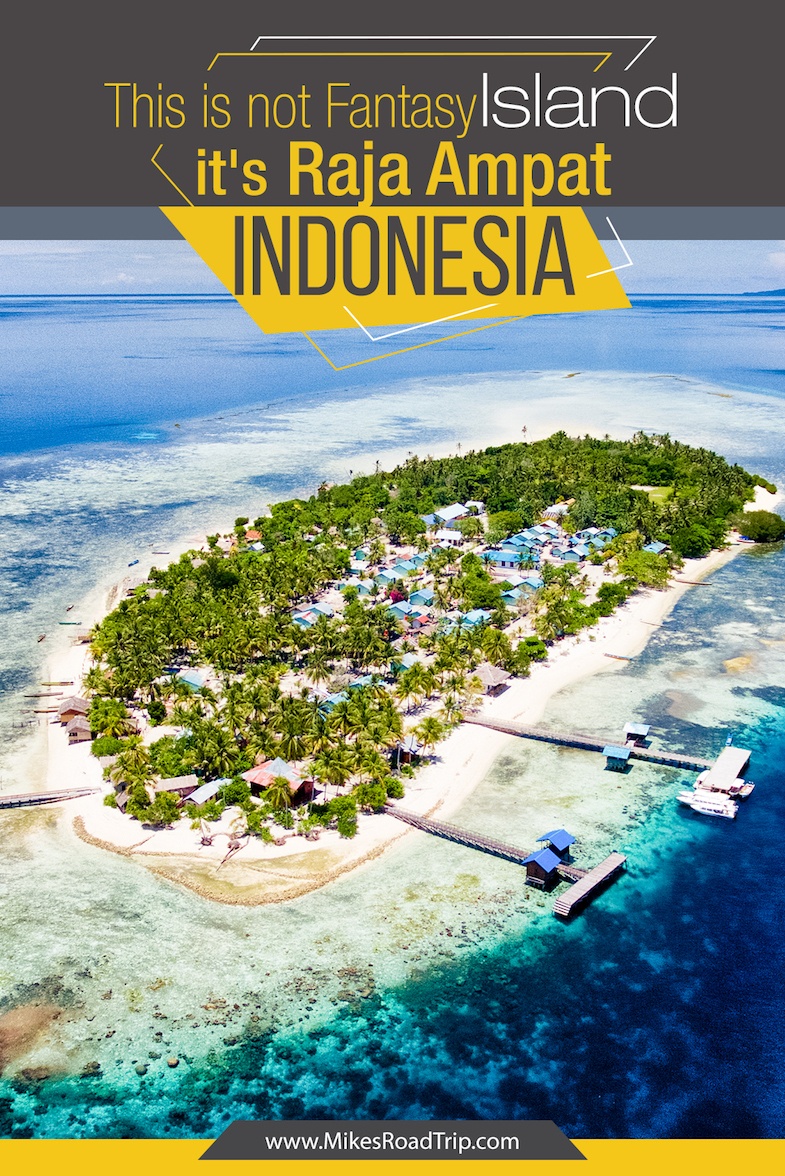
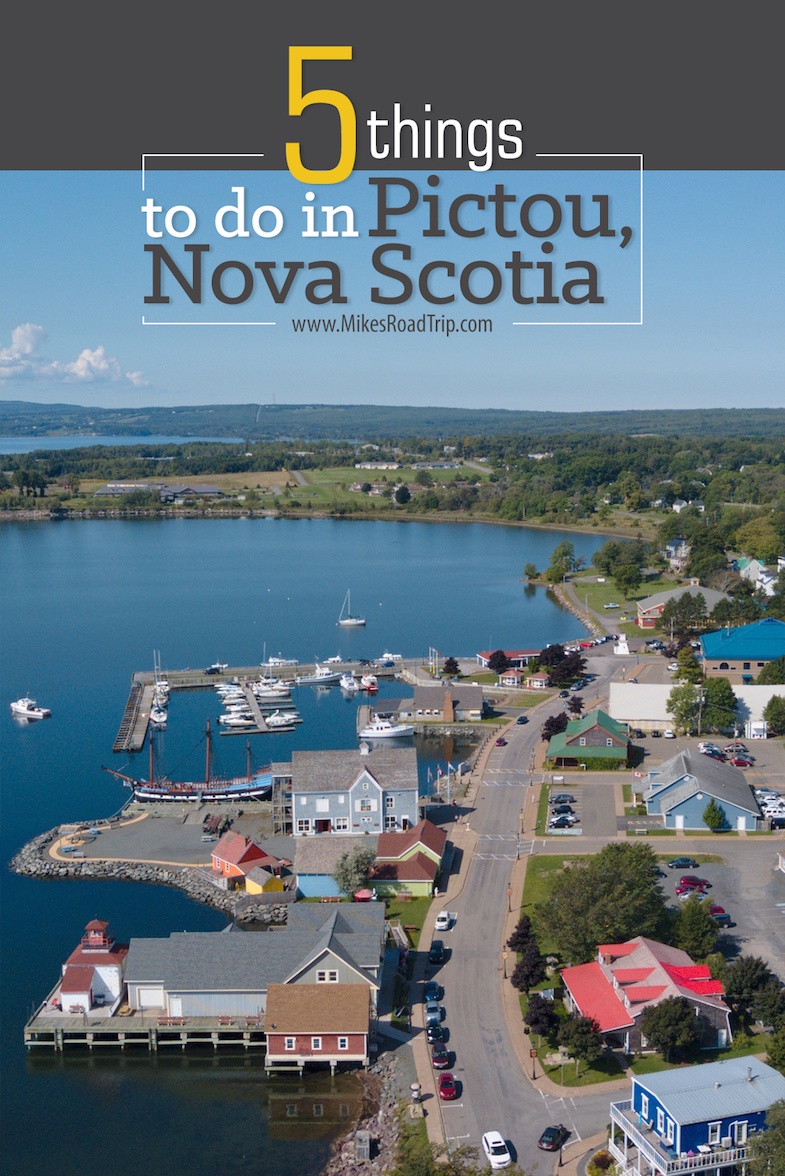
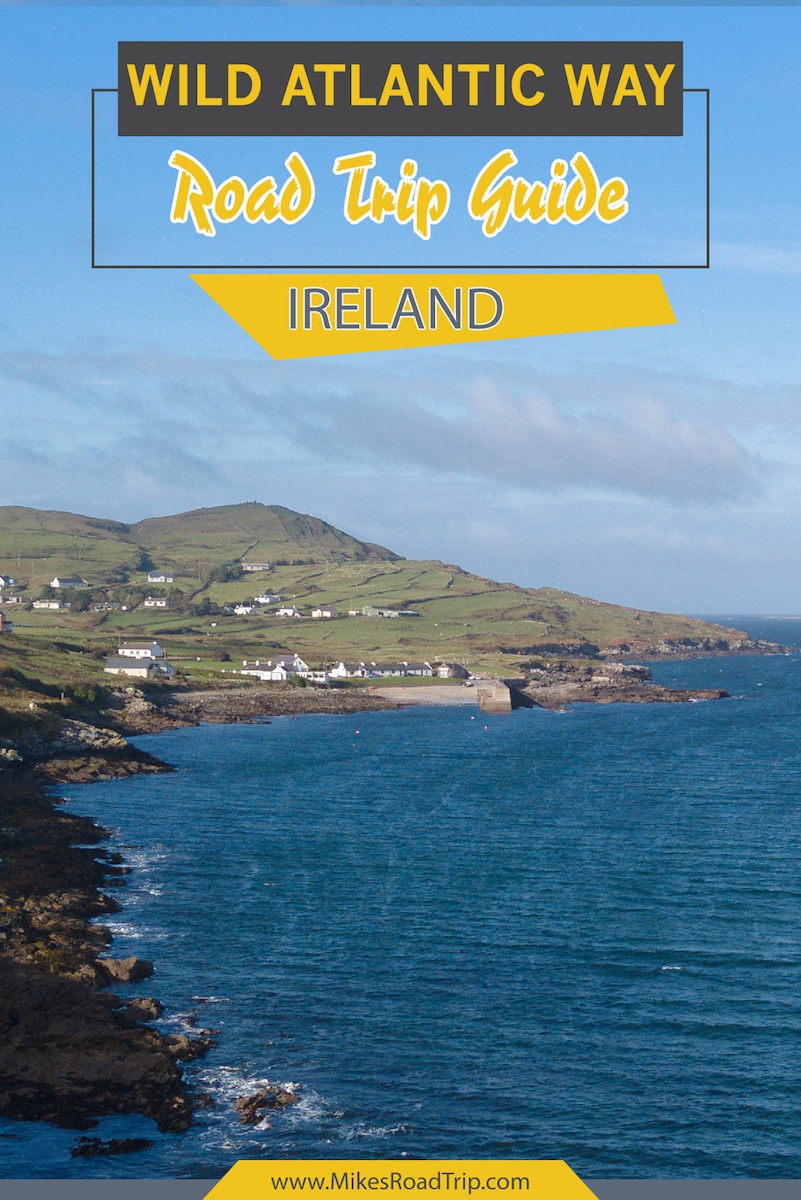
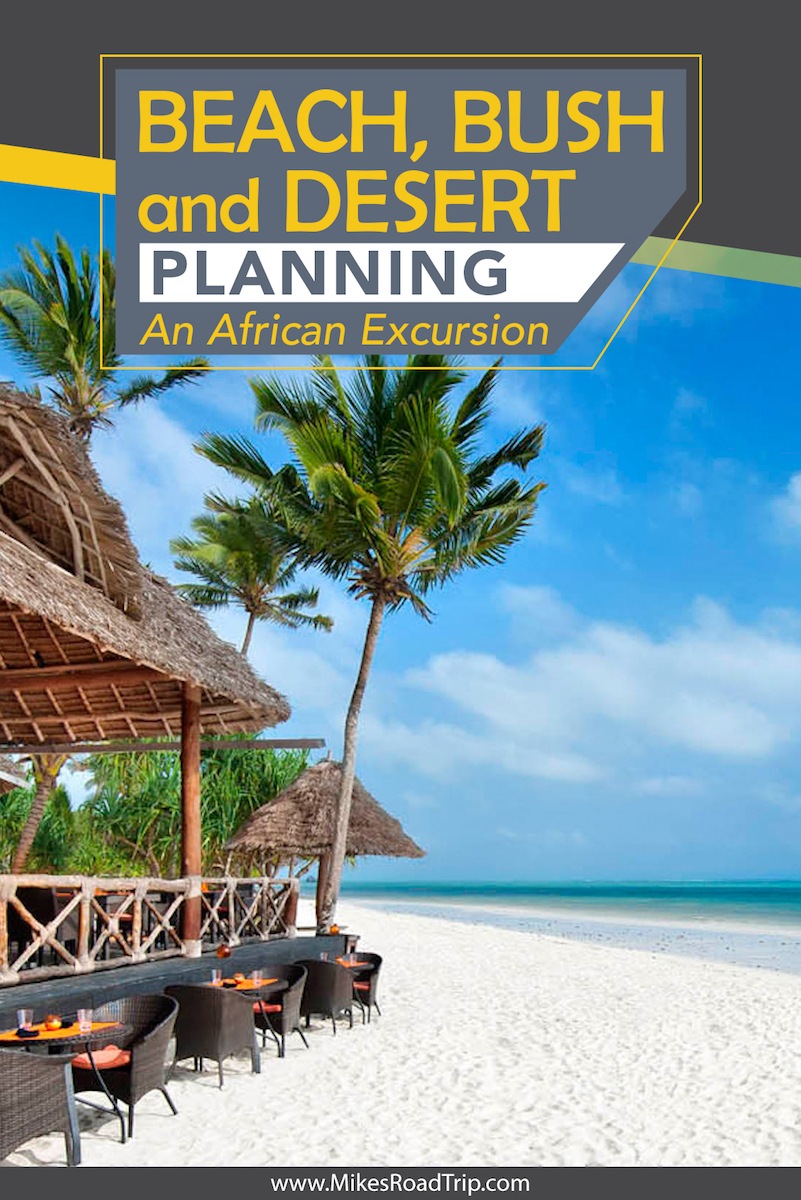
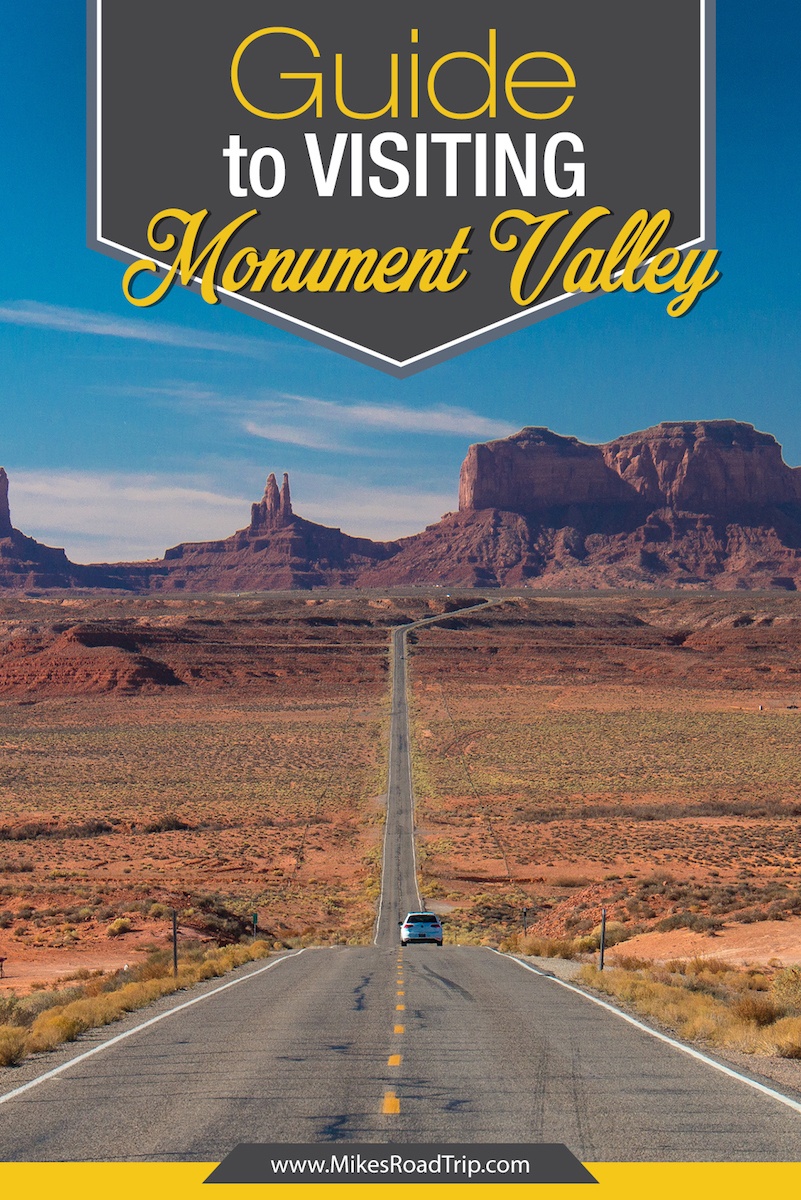
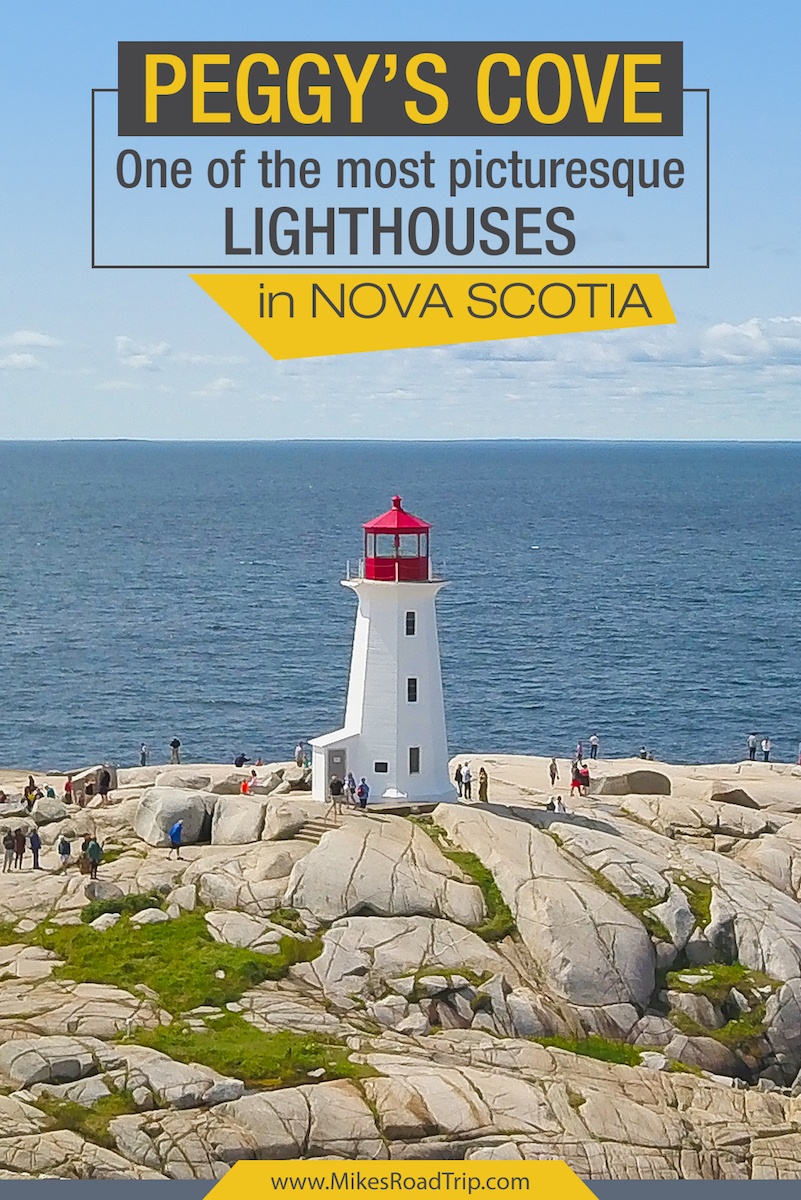


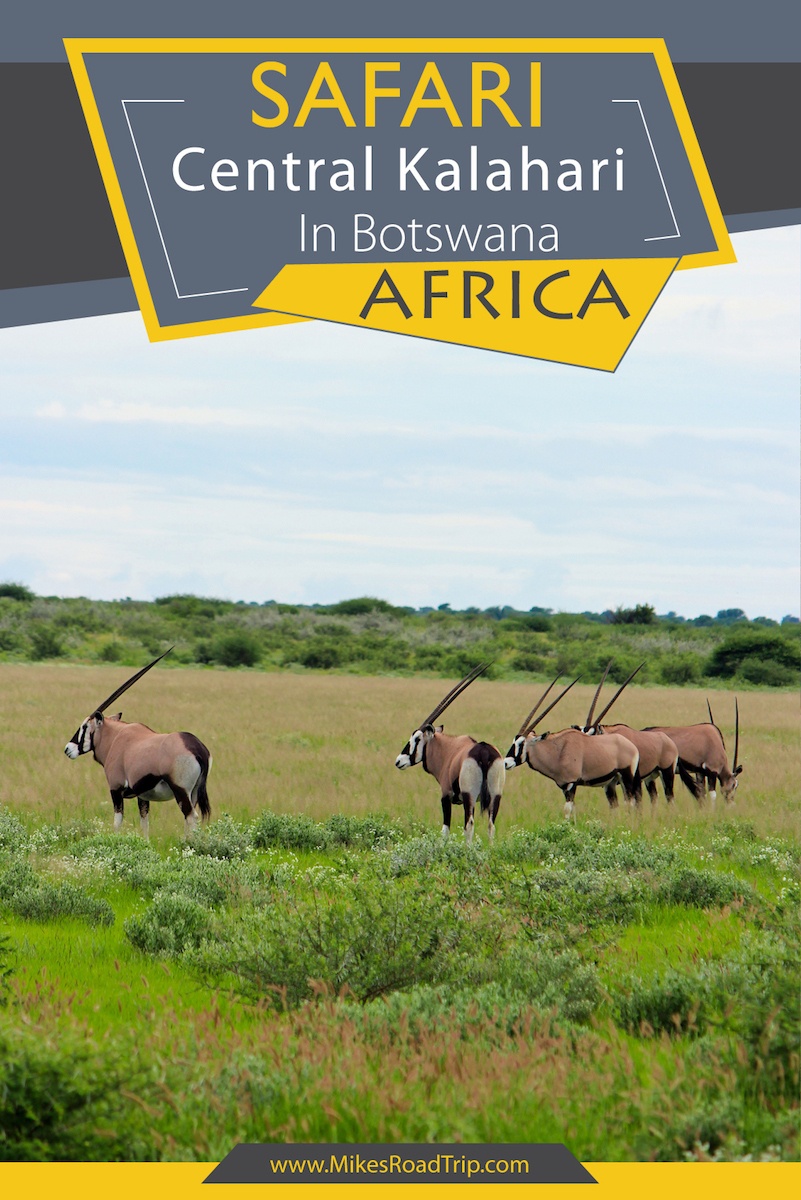
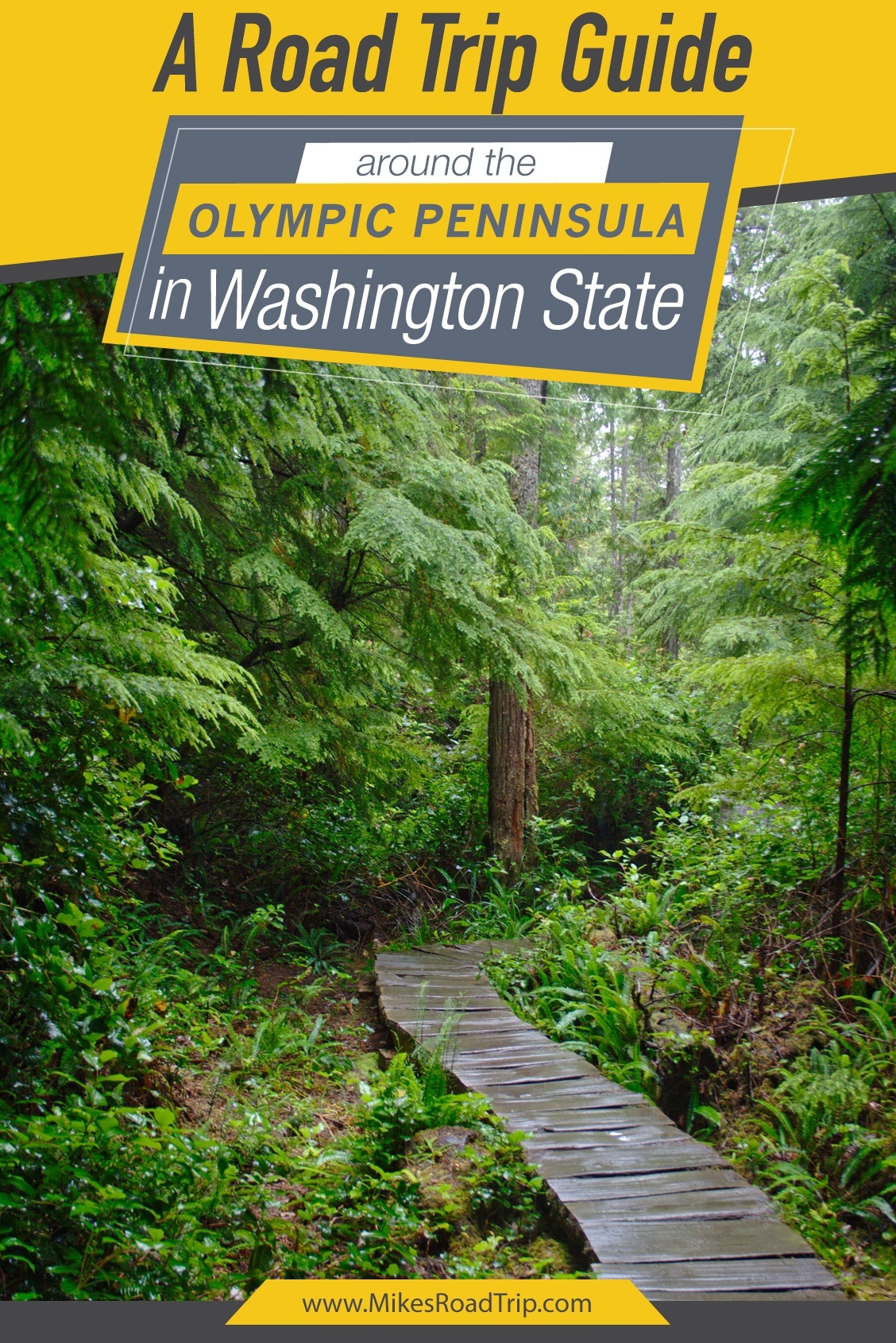


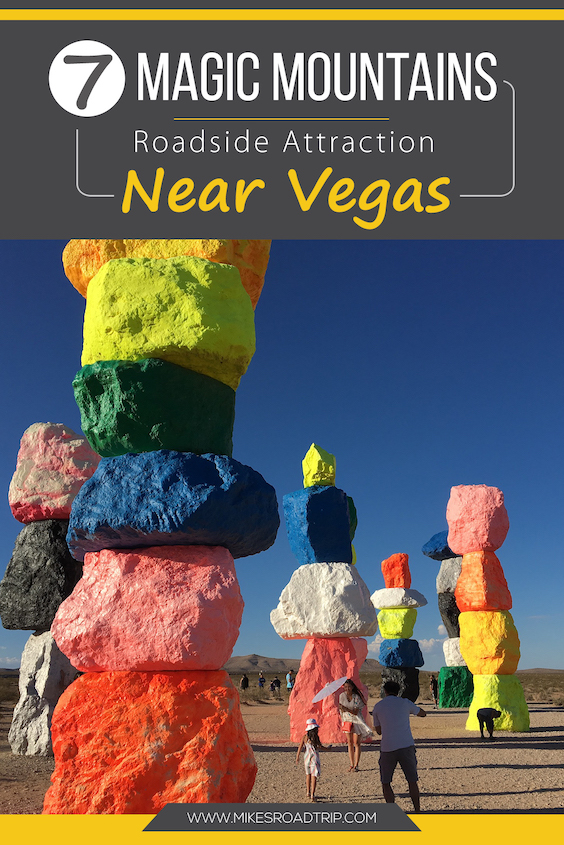
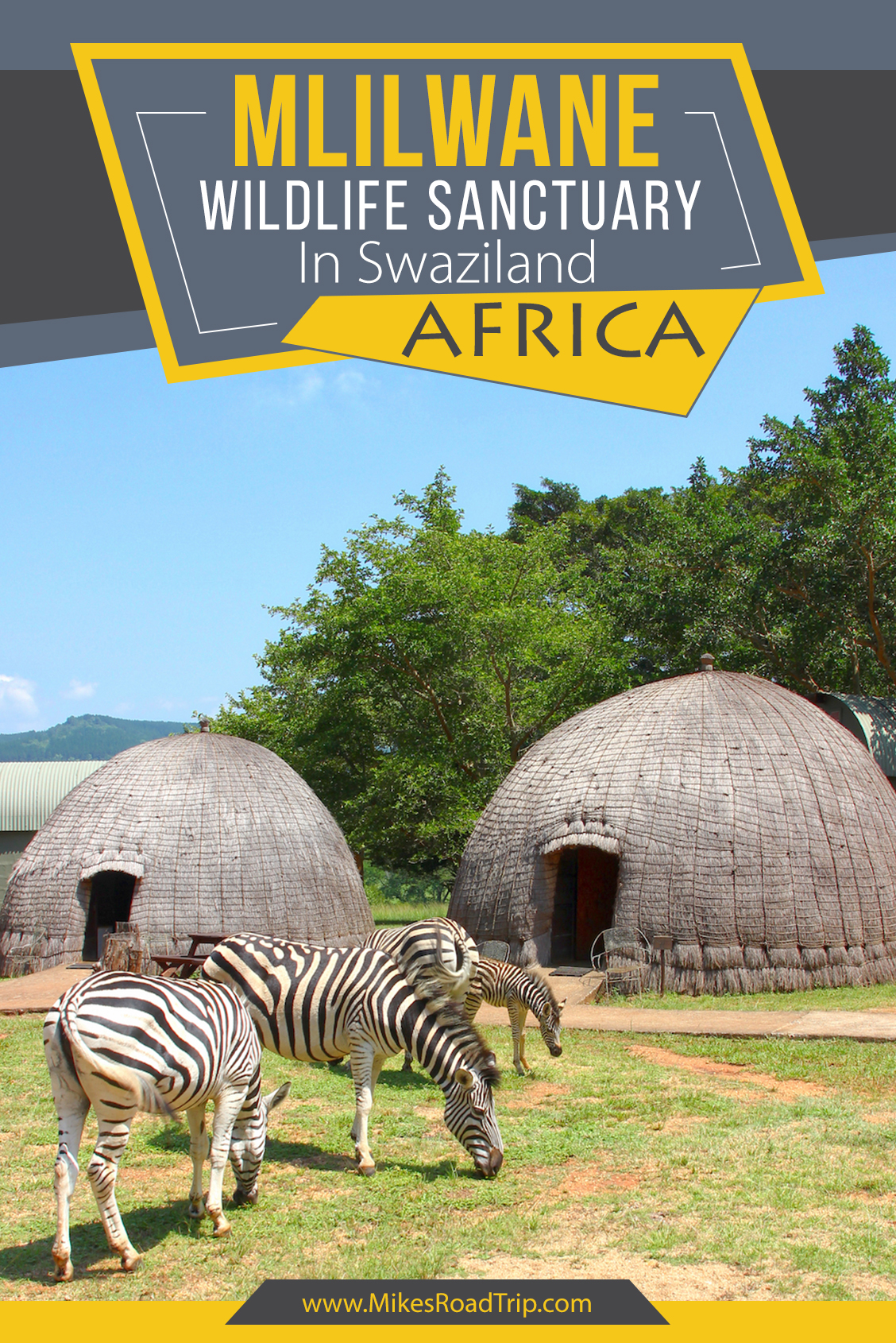
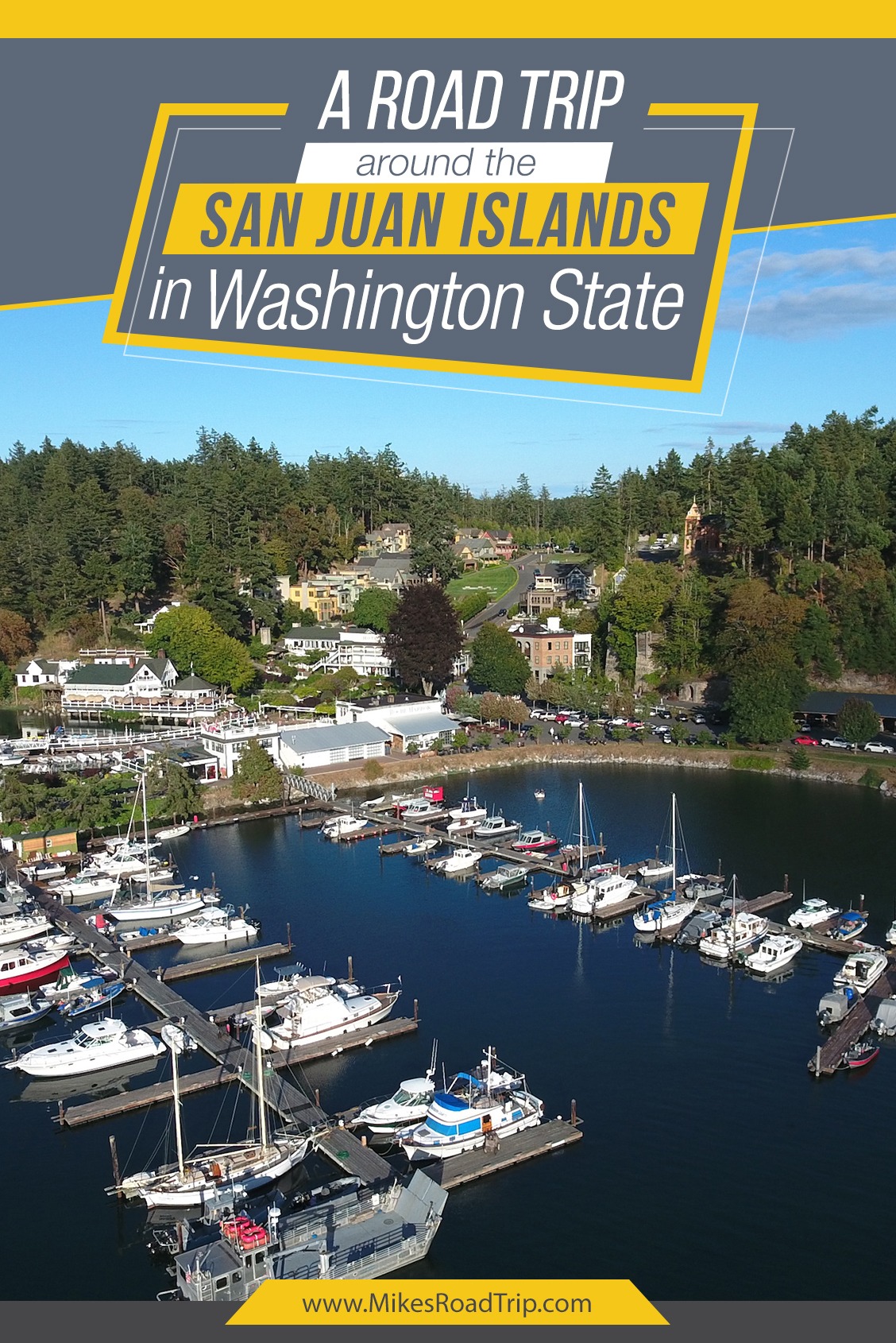
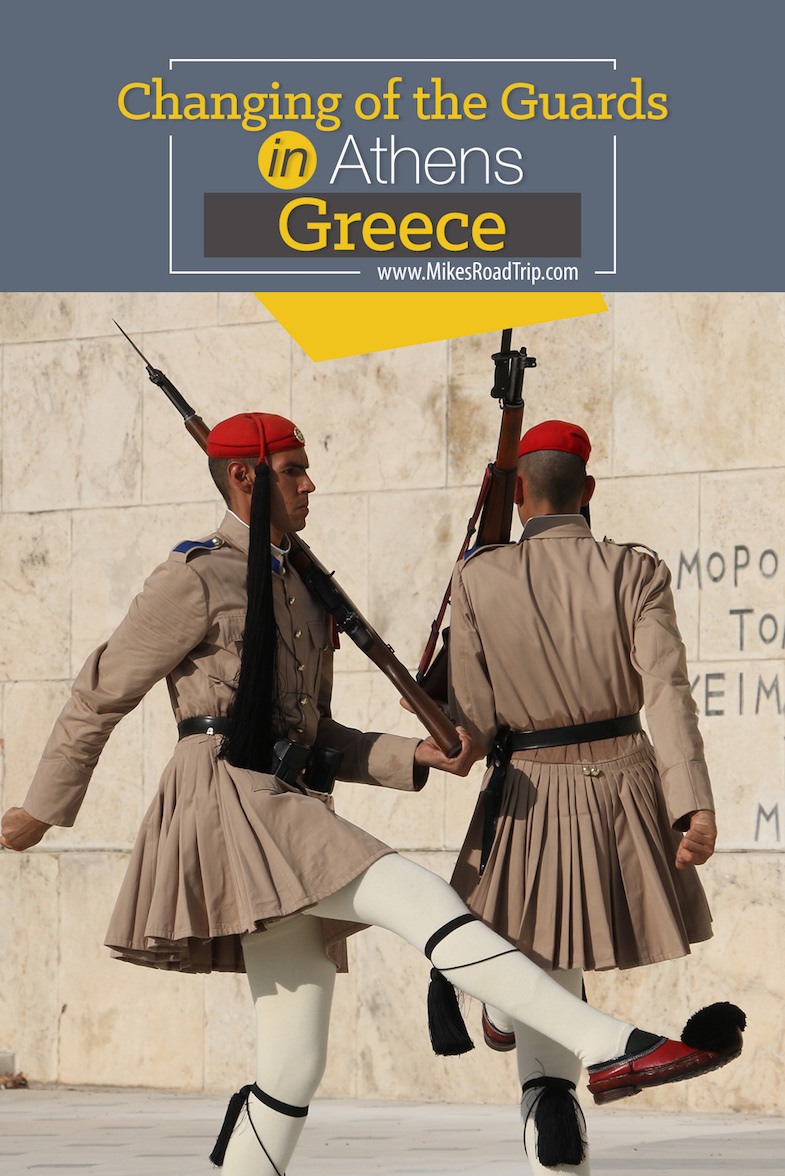
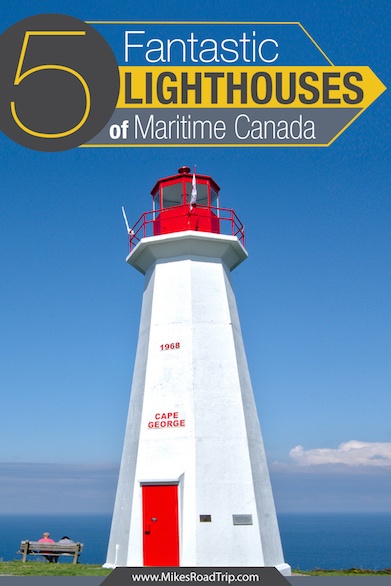
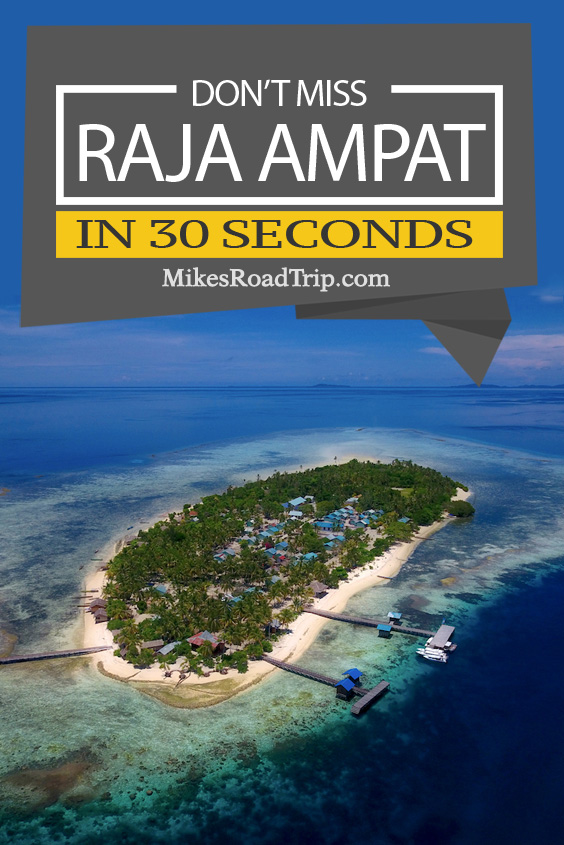
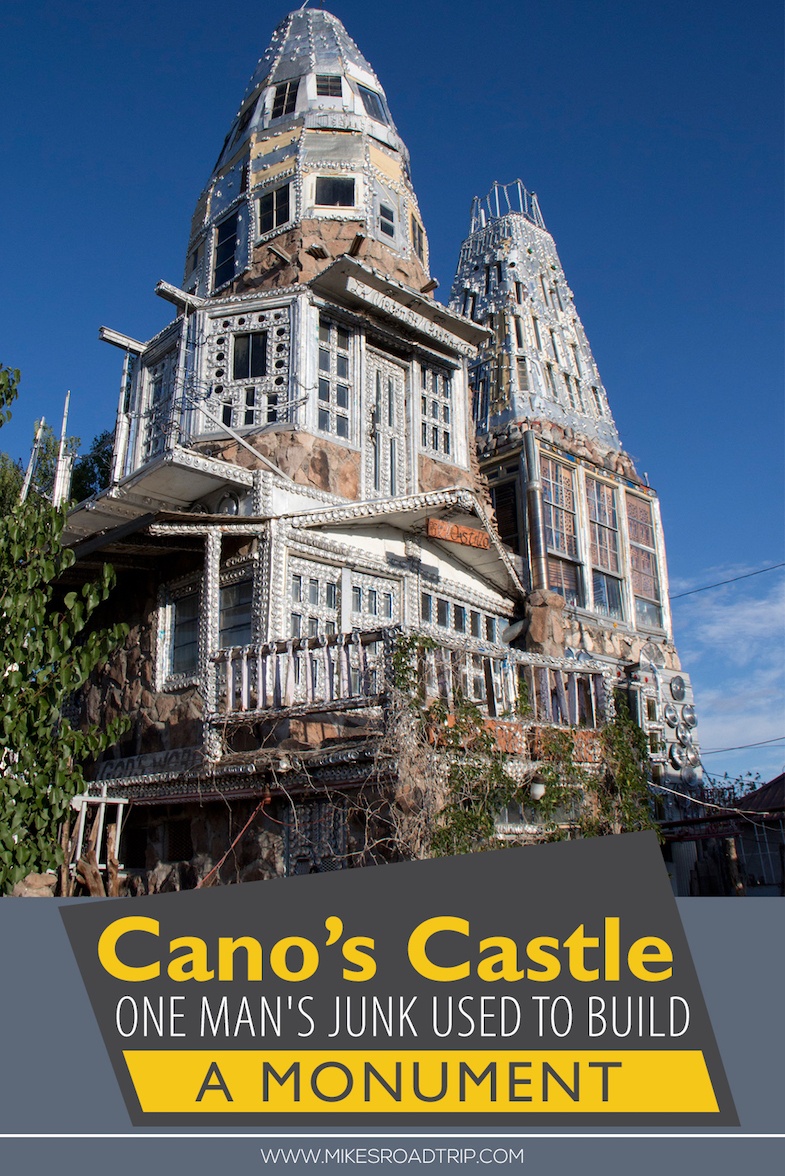
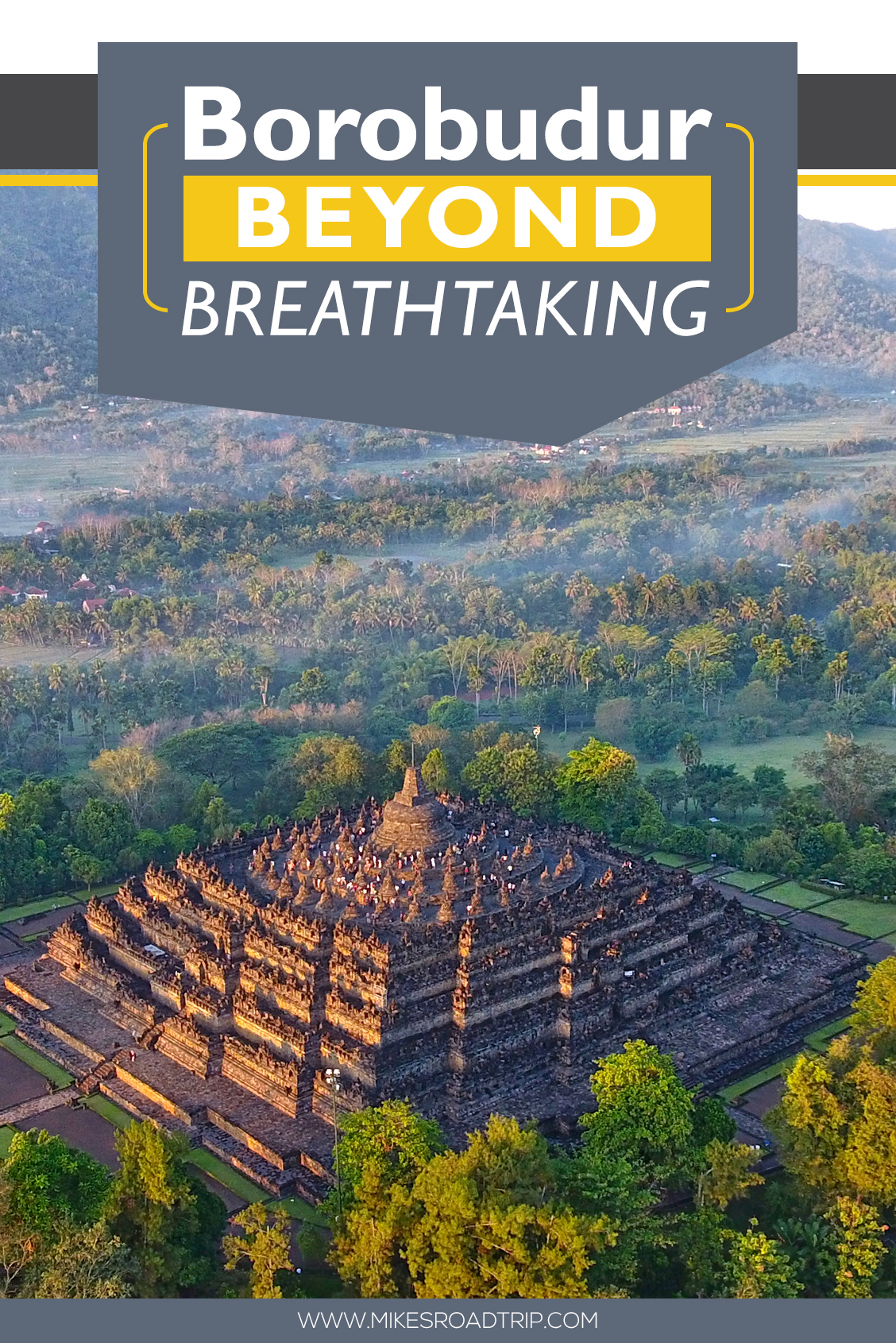
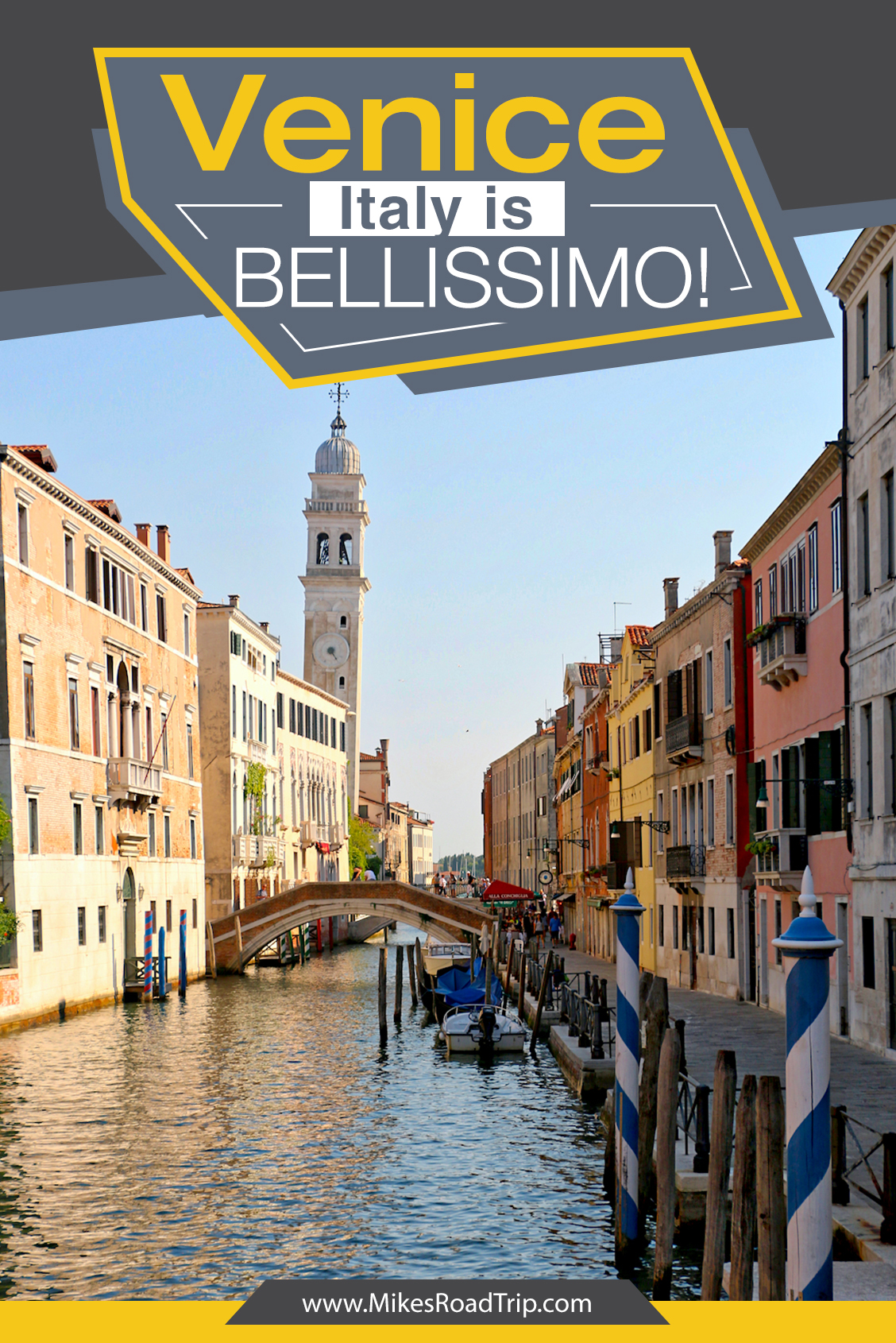

2 Comments
This place looks great for having a glance of real wildlife, and some of your photographs are really awe-inspiring especiallity that bird’s one. Thanks for sharing this post.
Sounds like a fascinating trip. Really well written too.